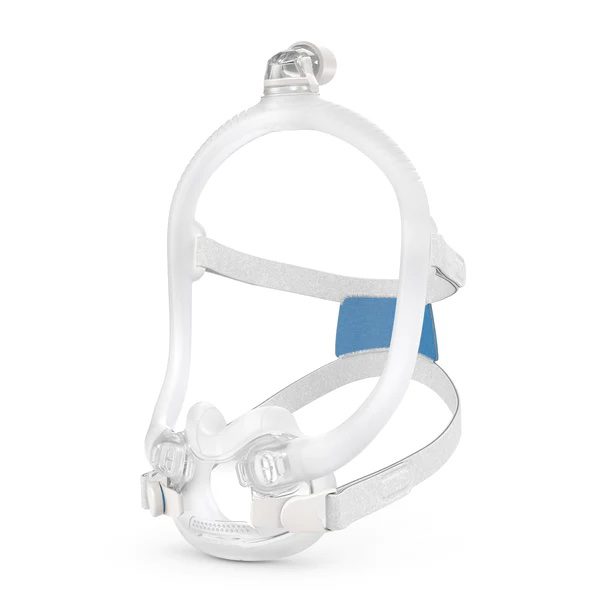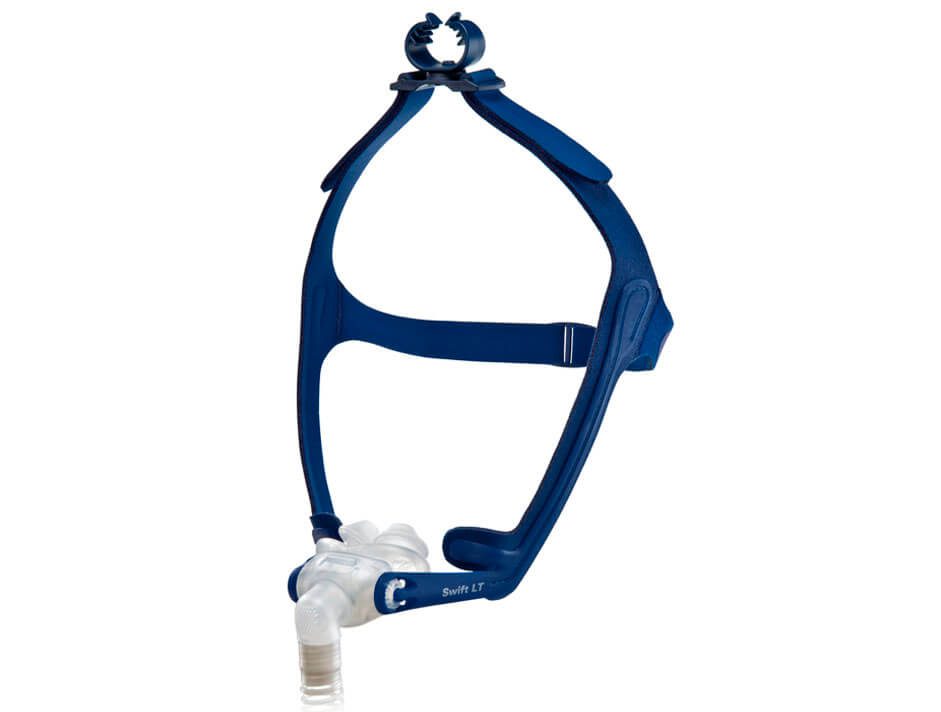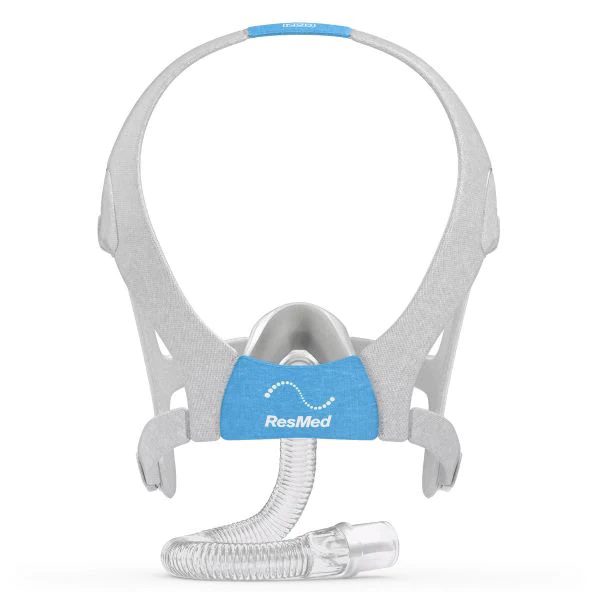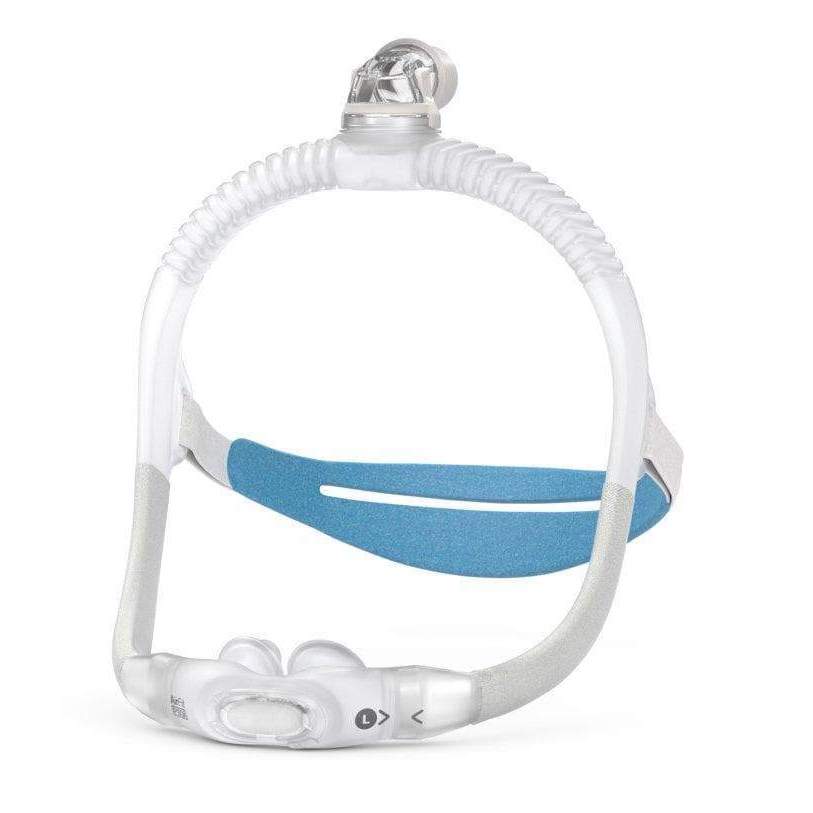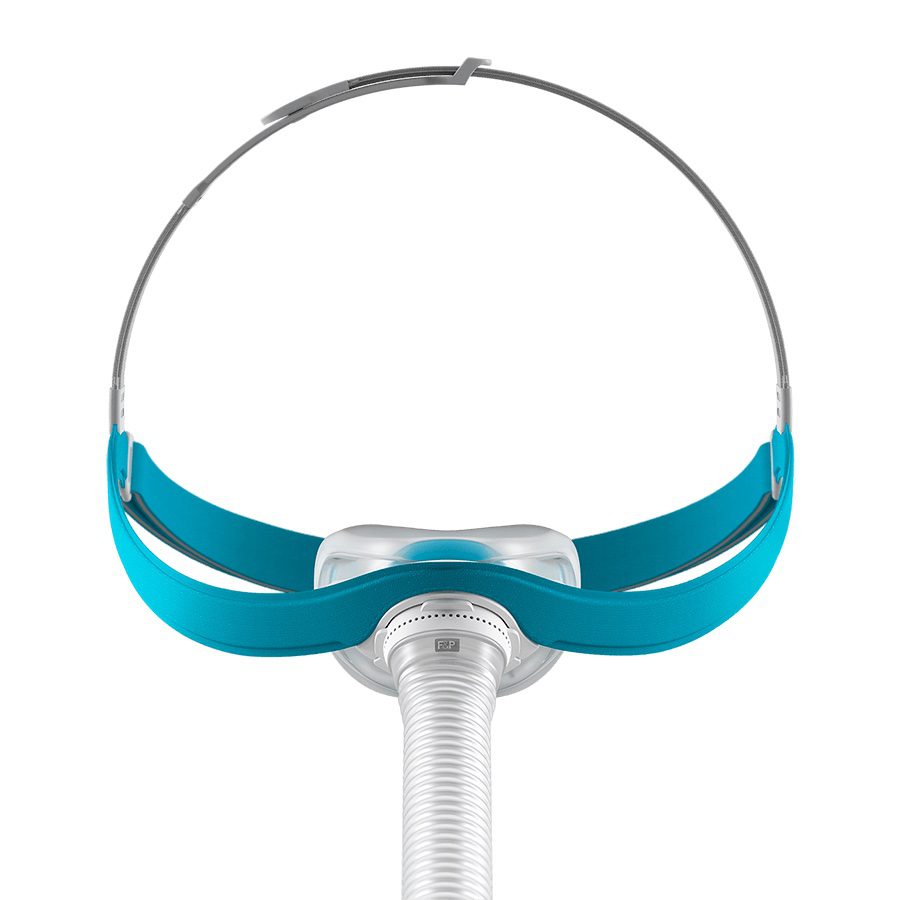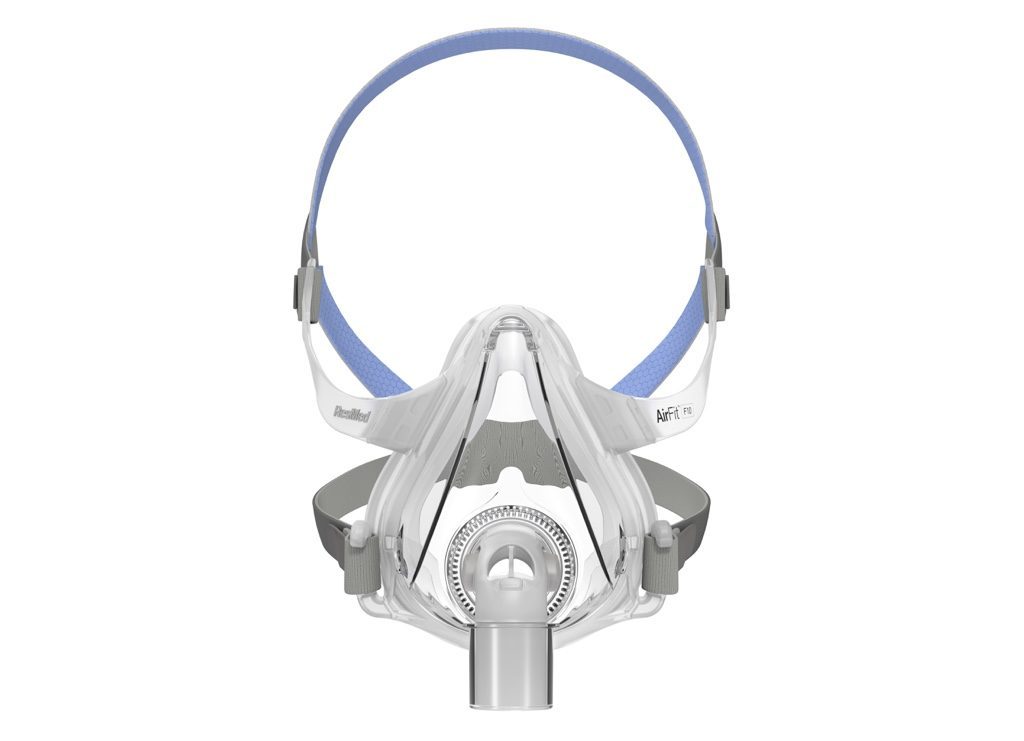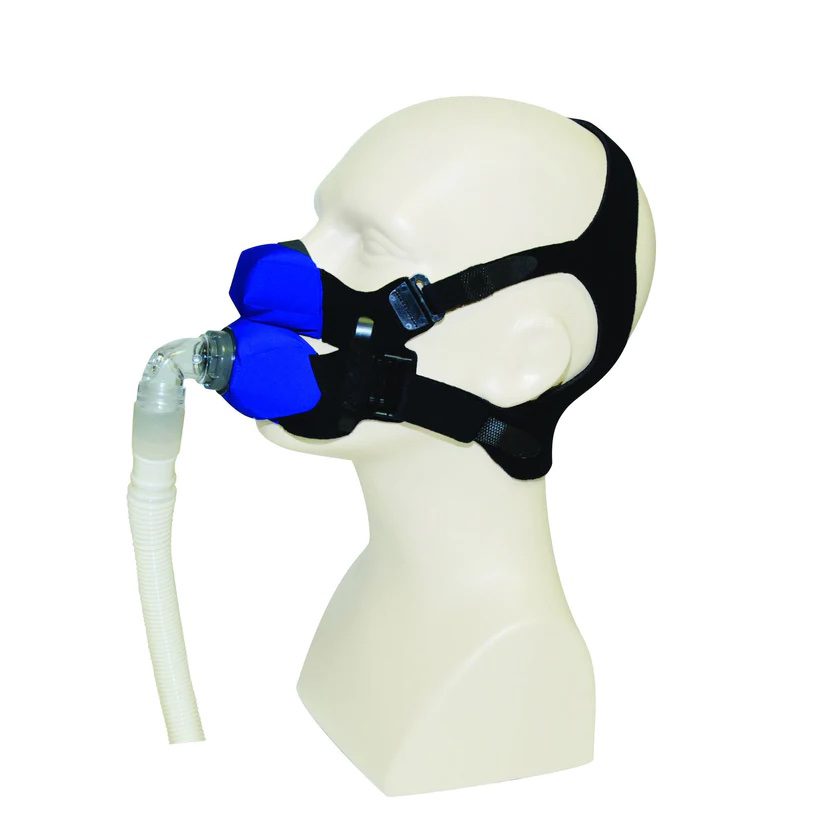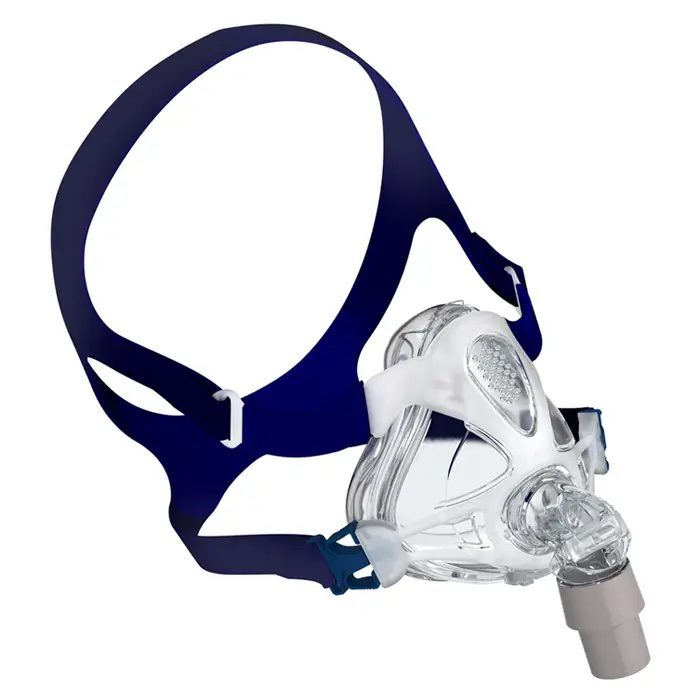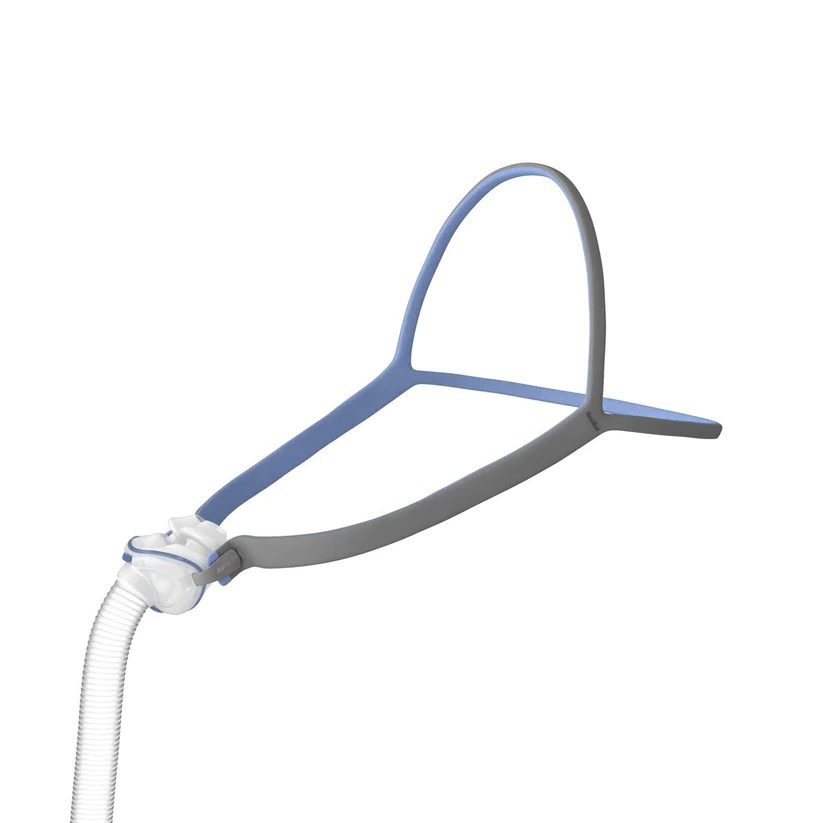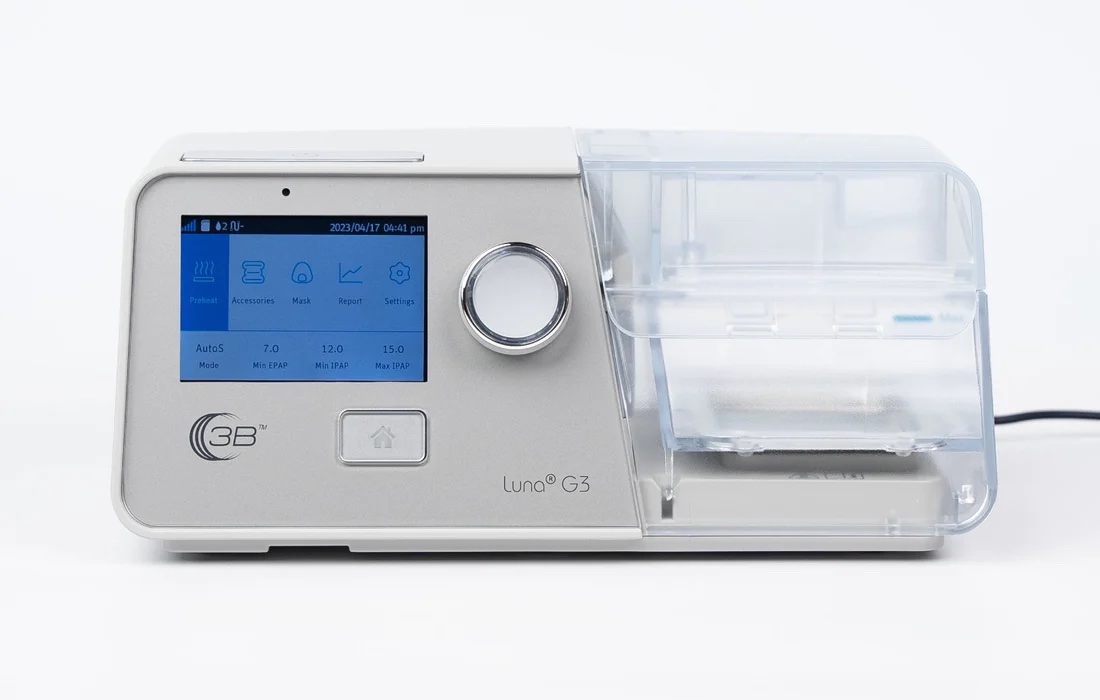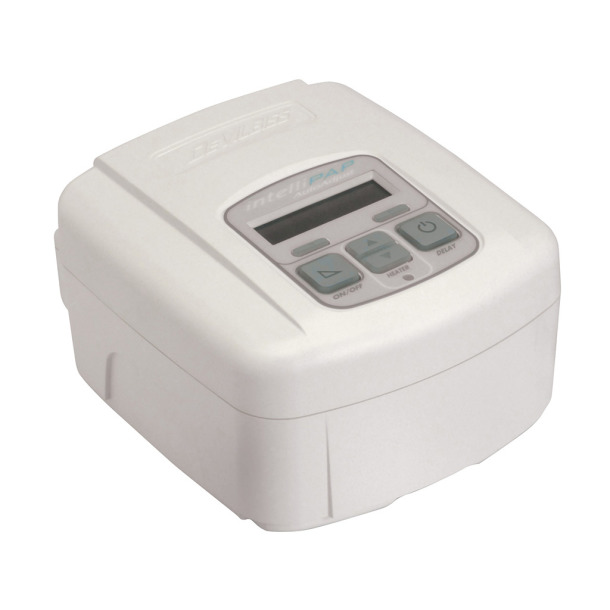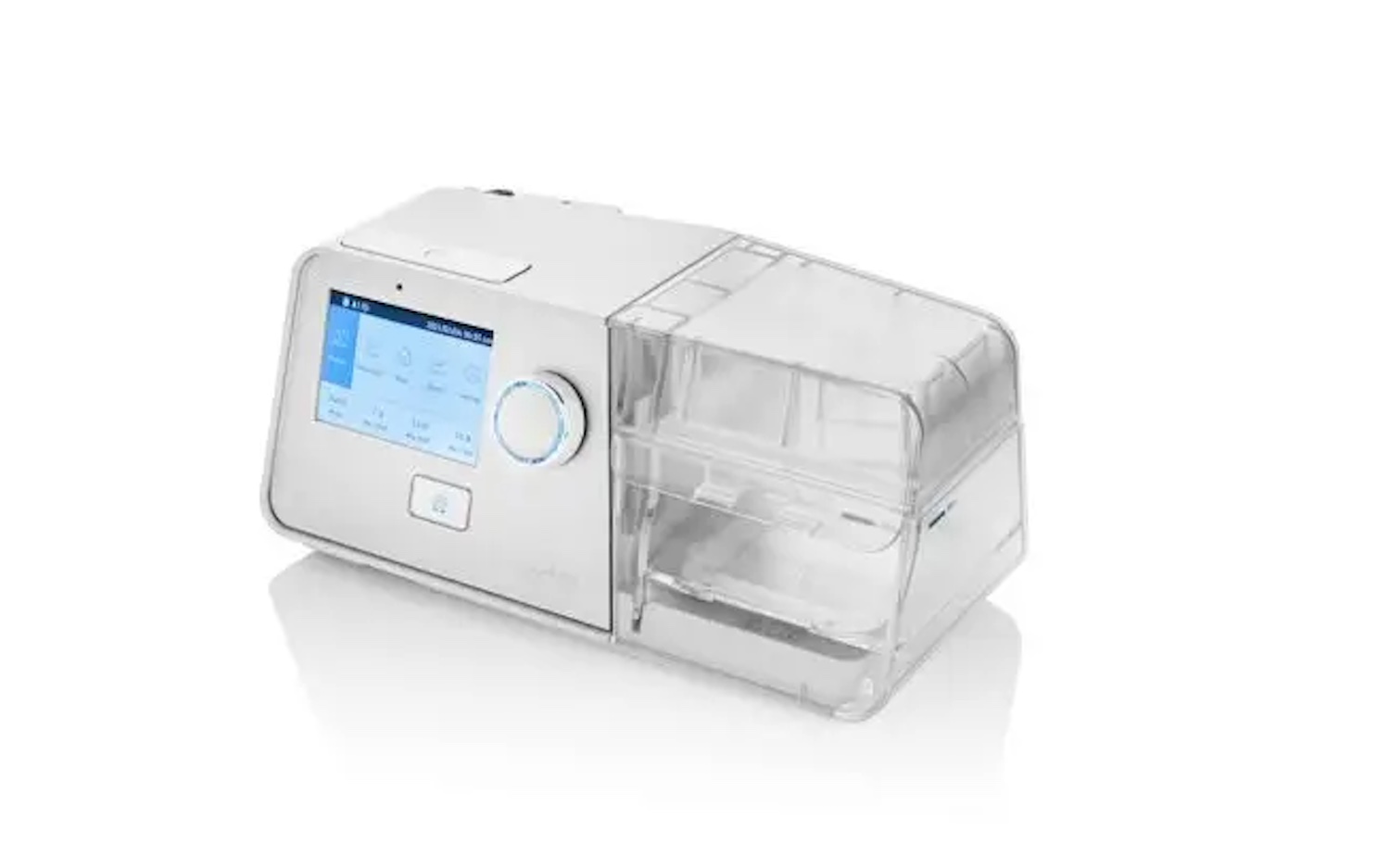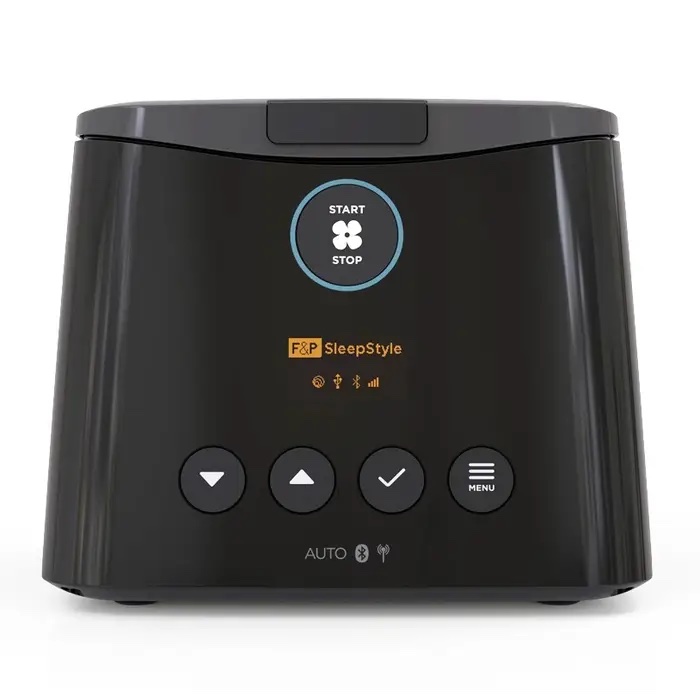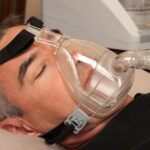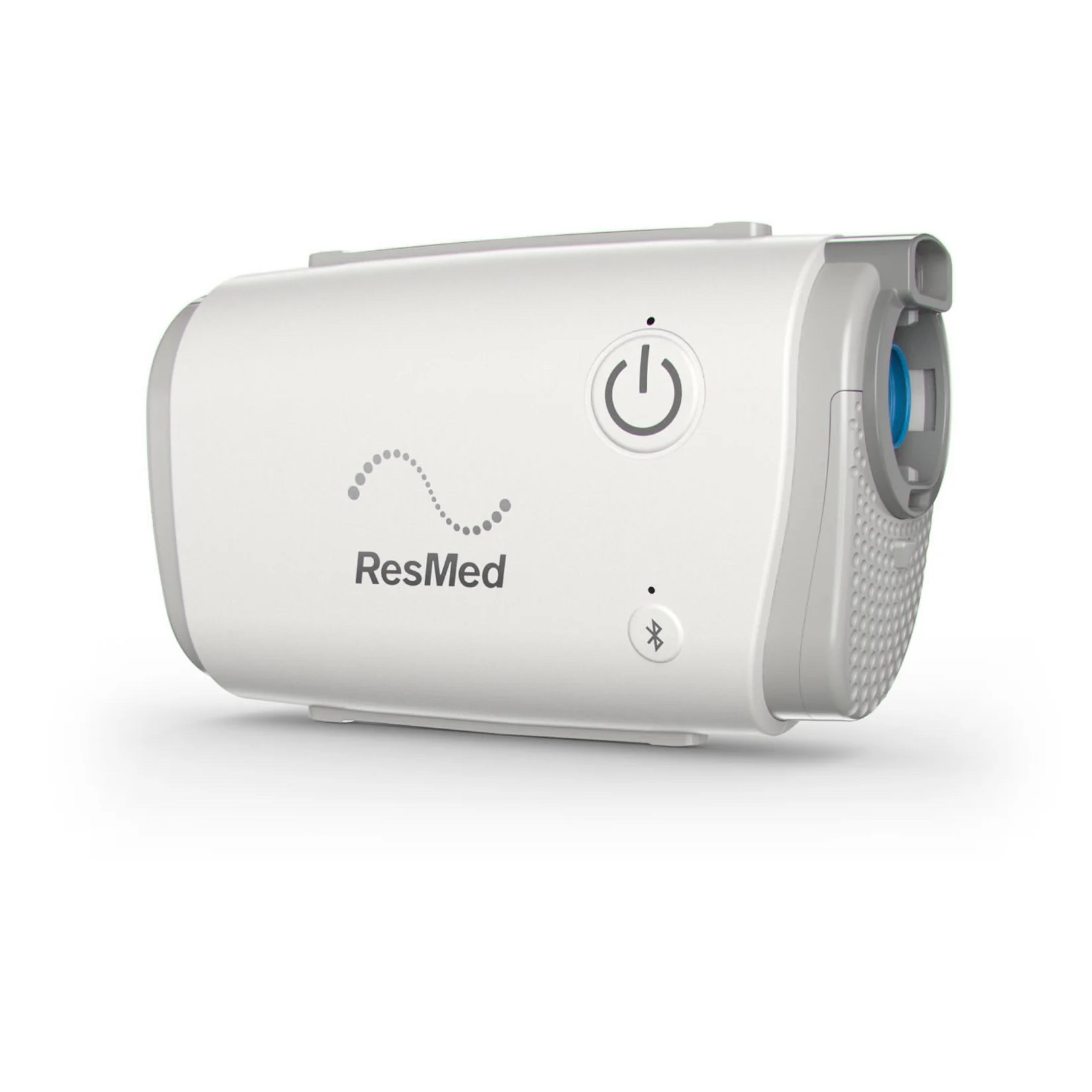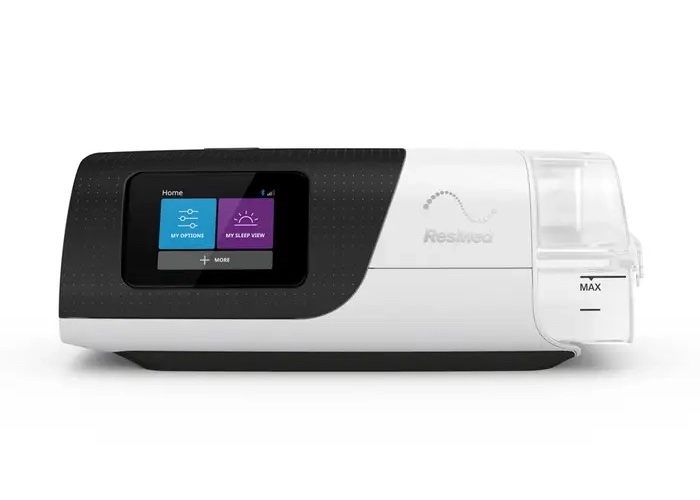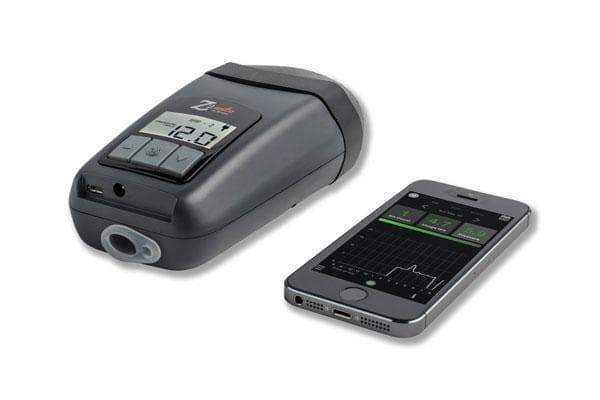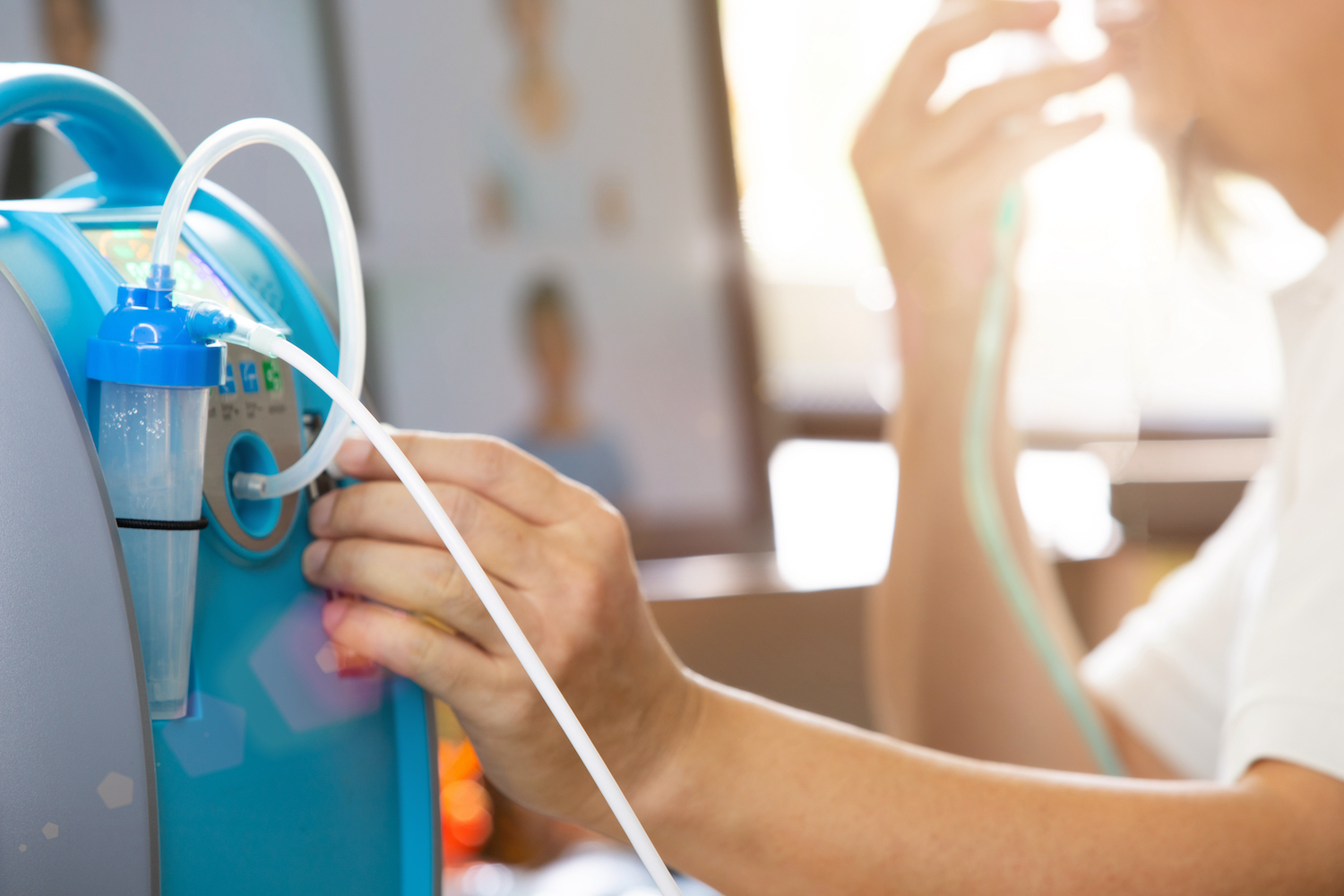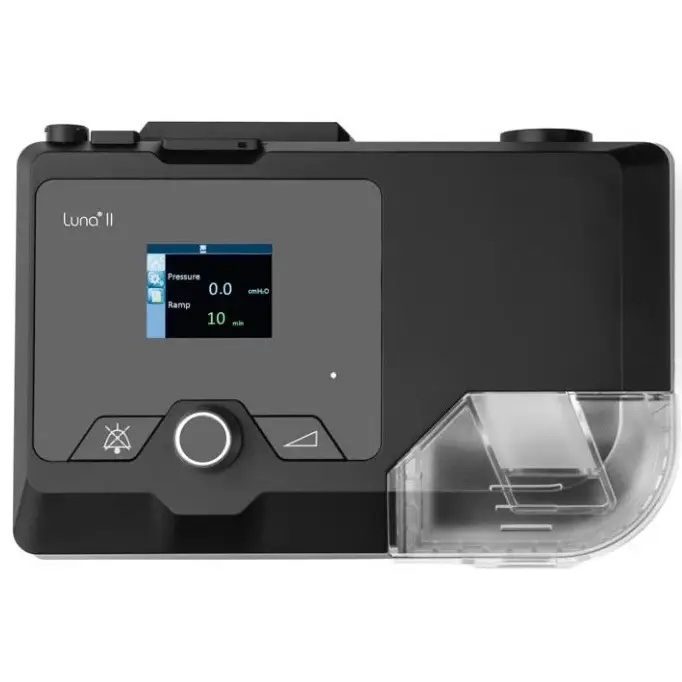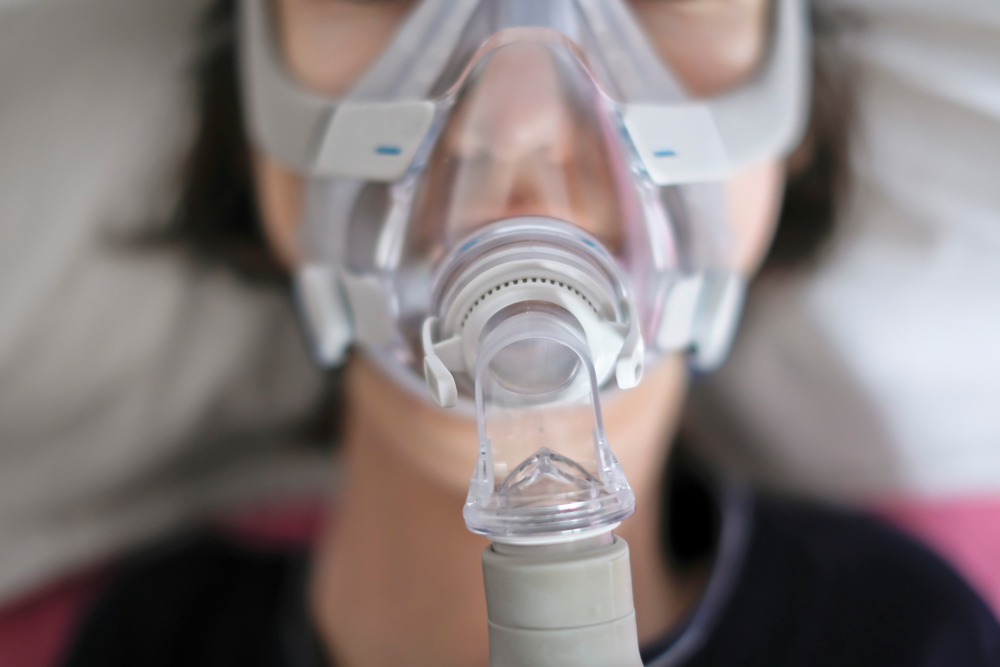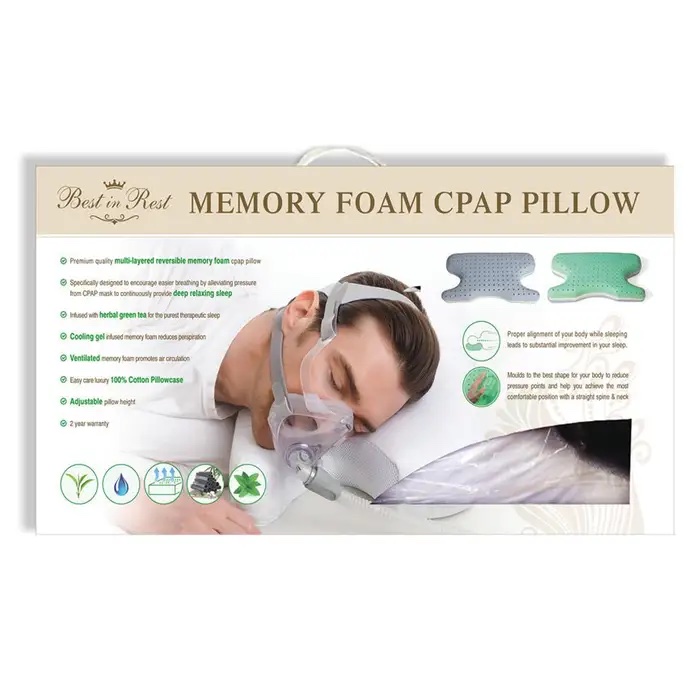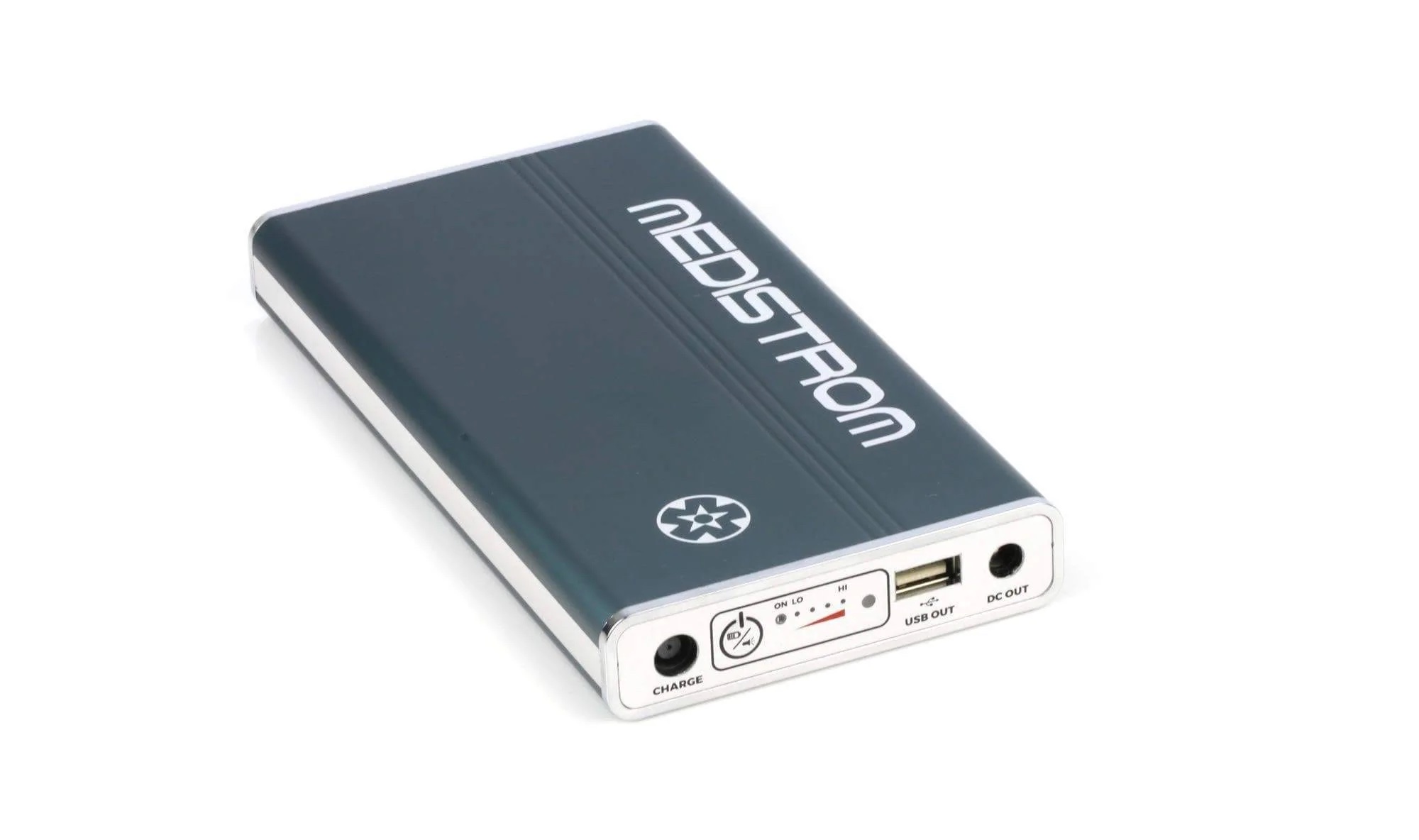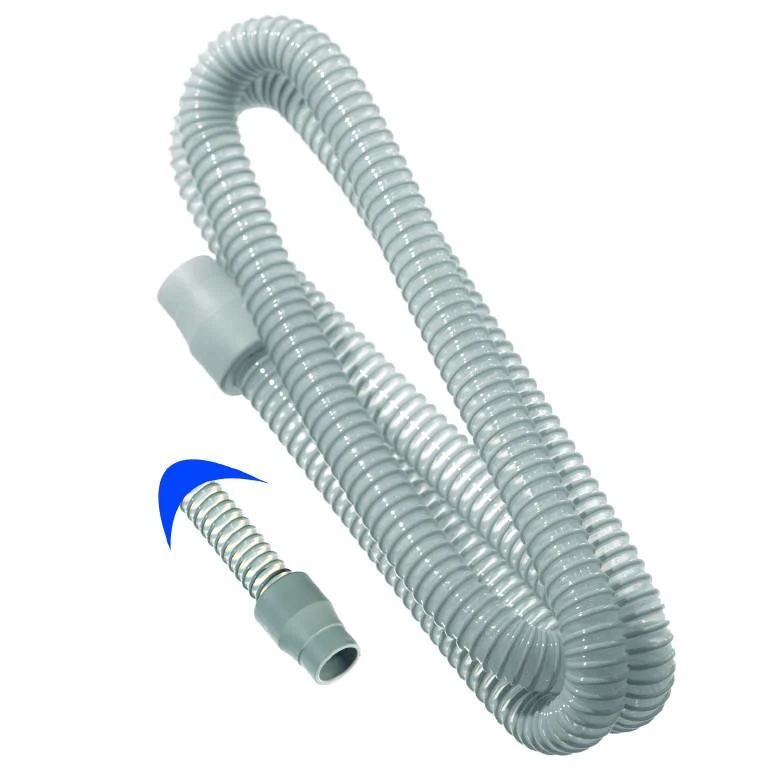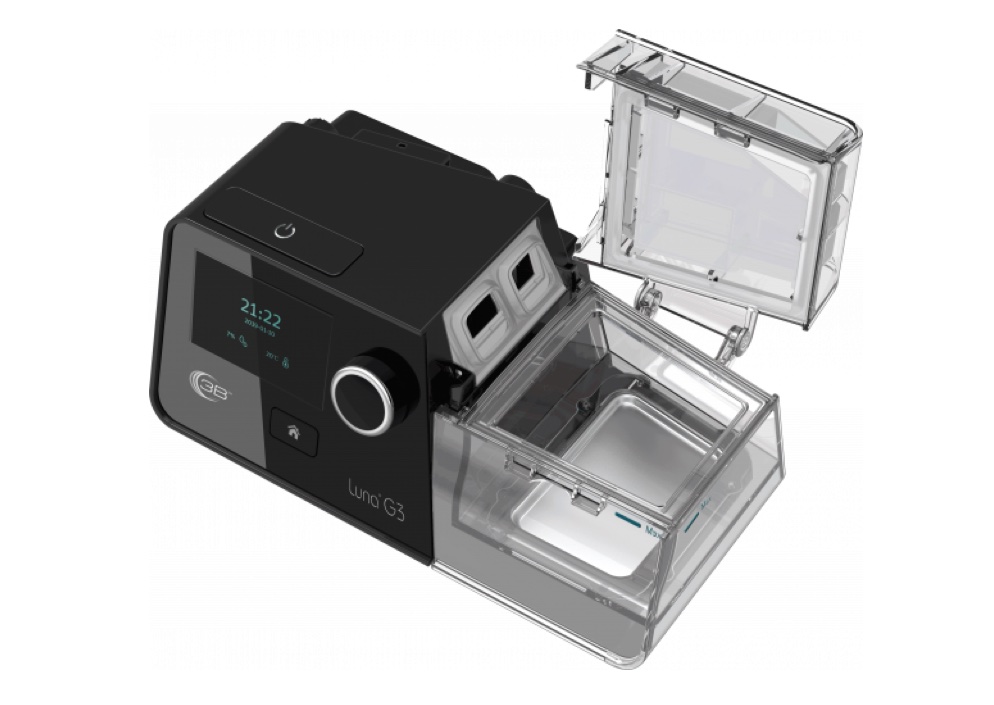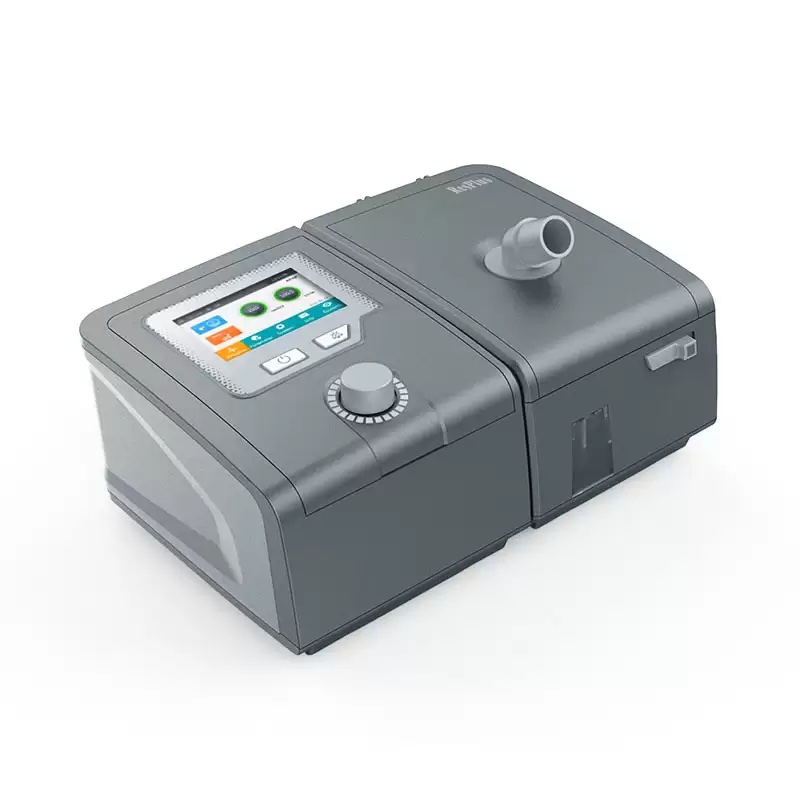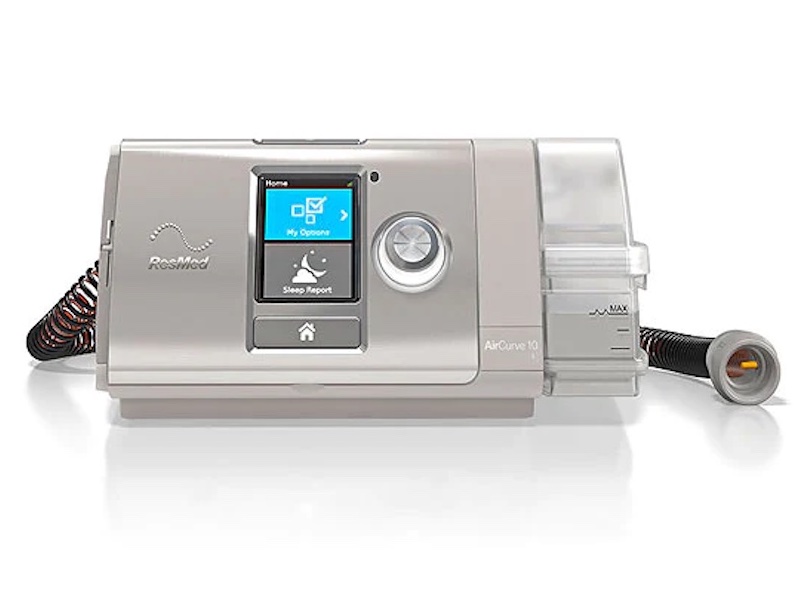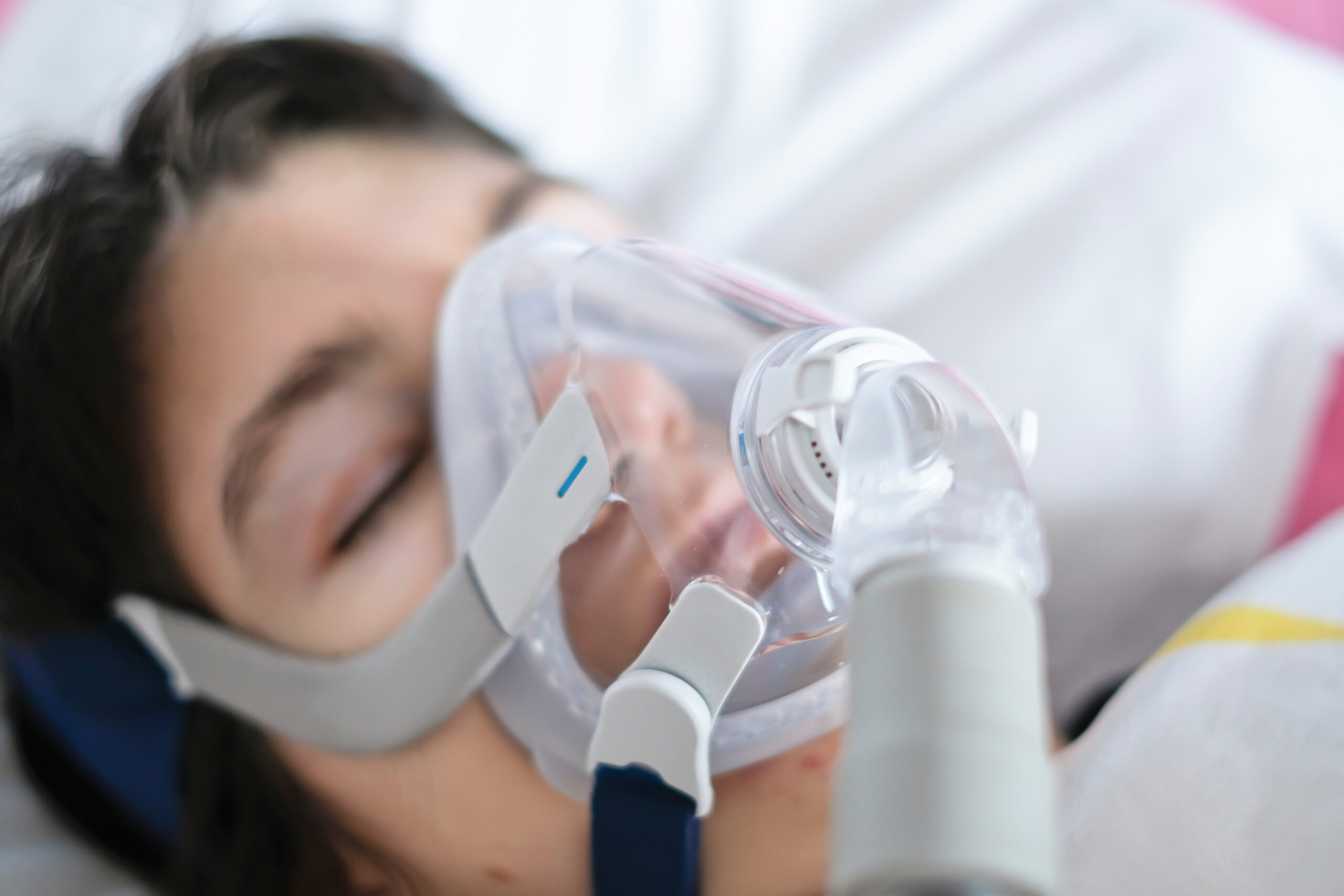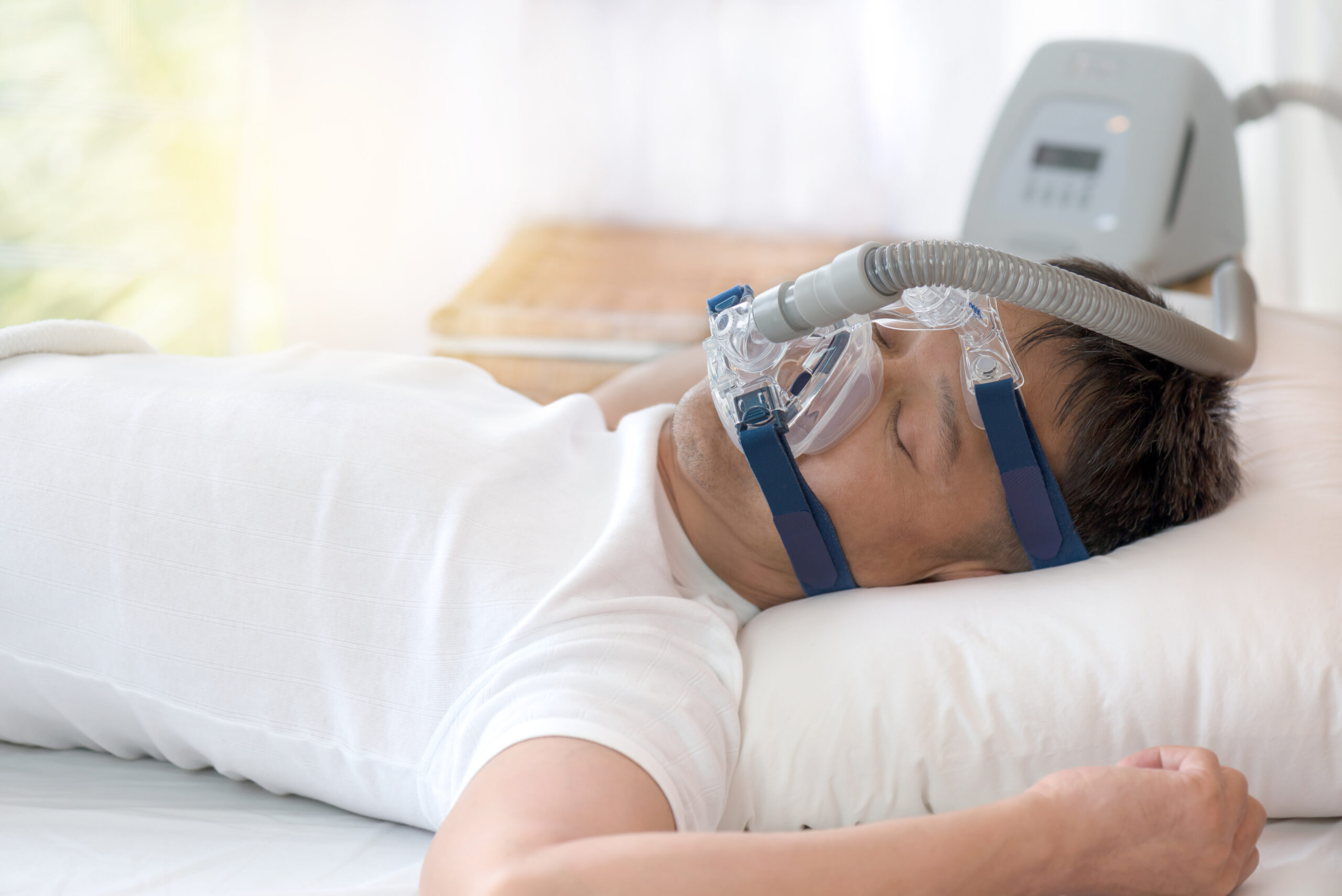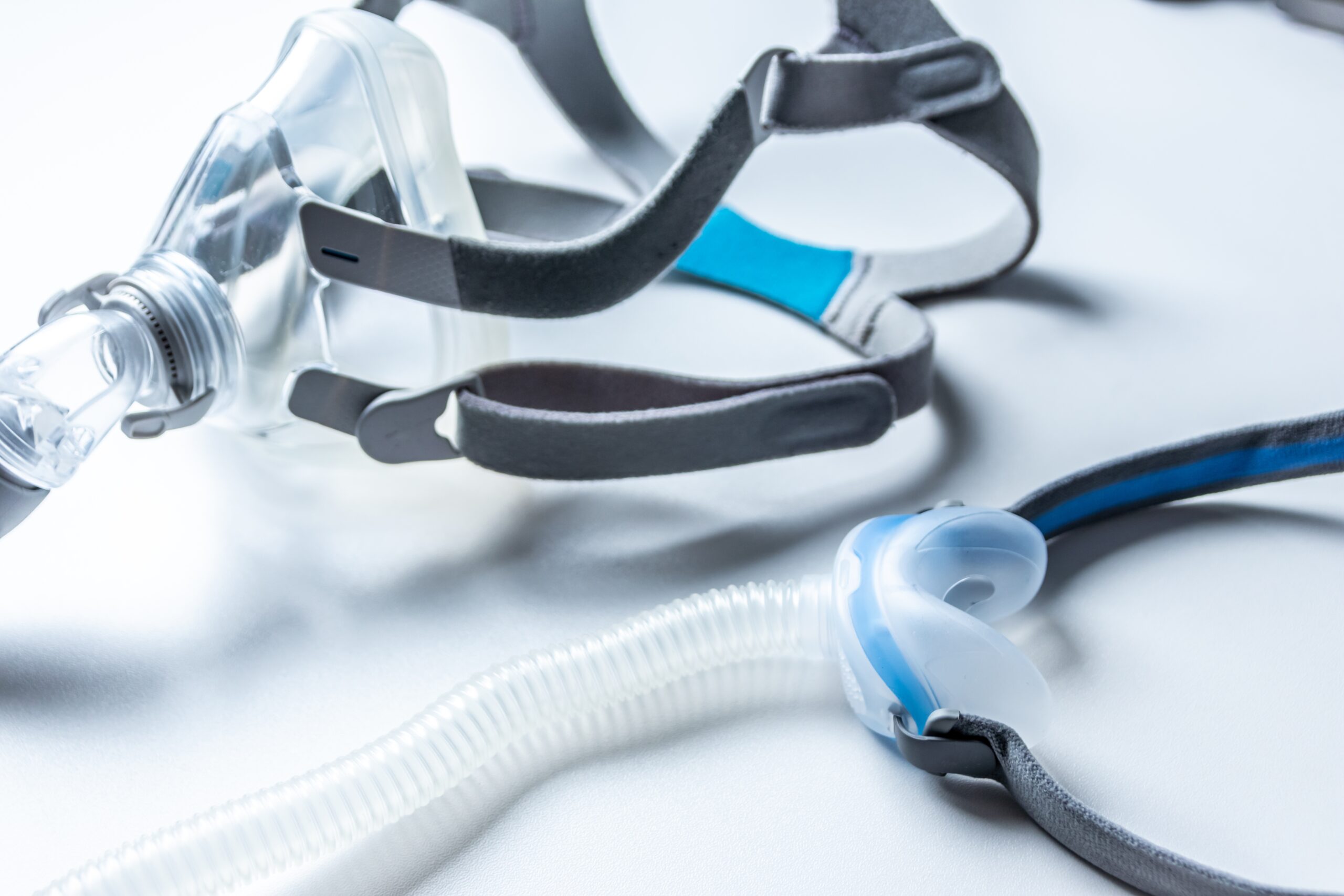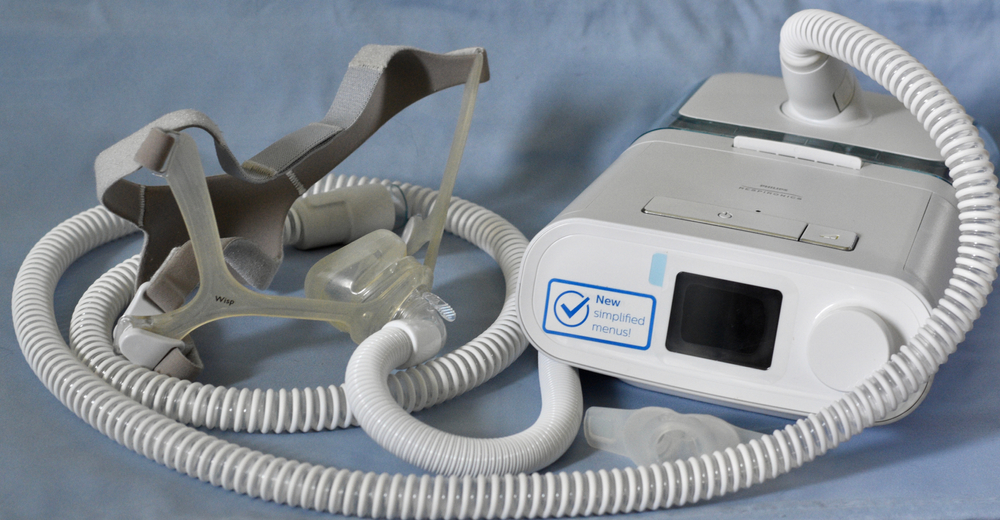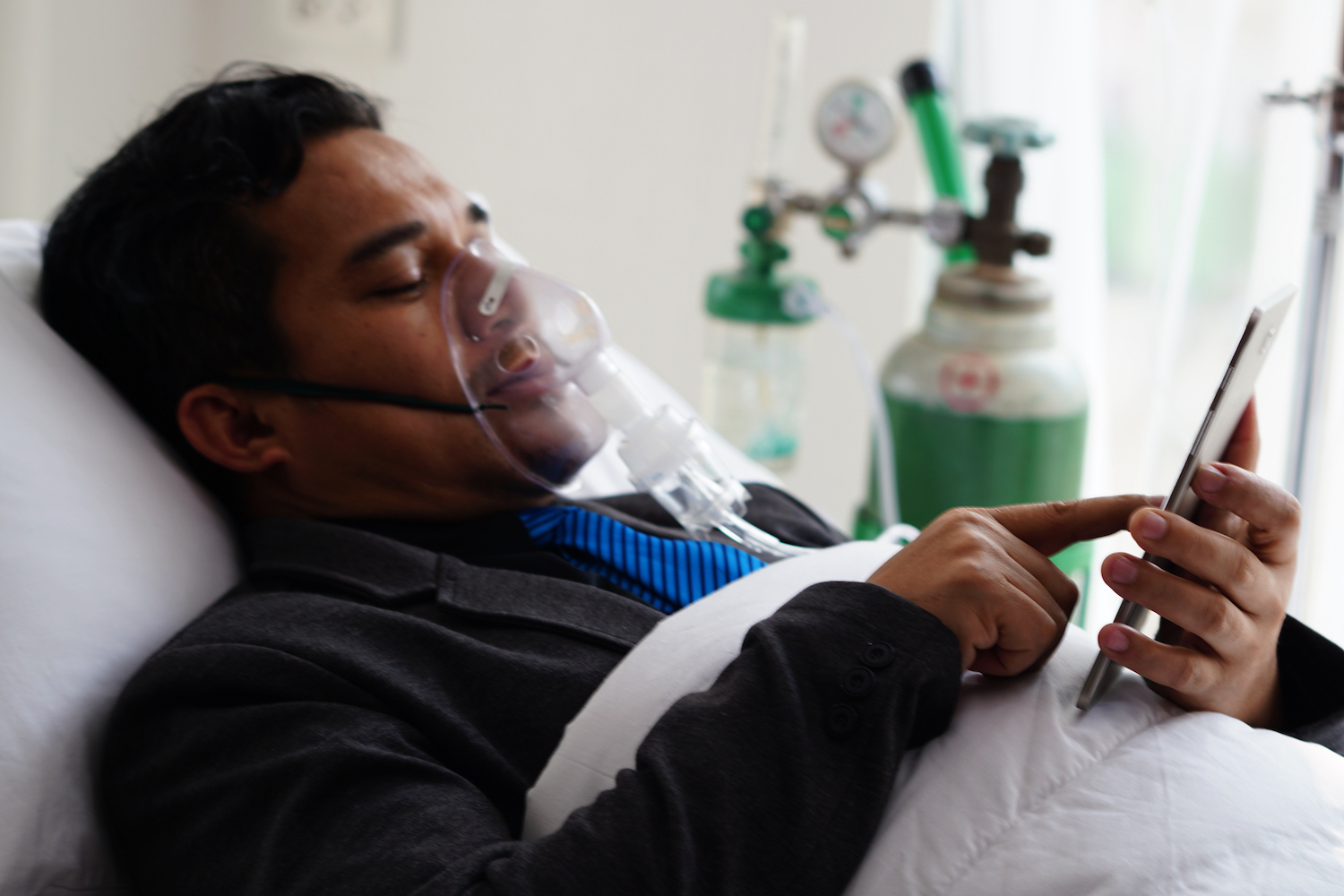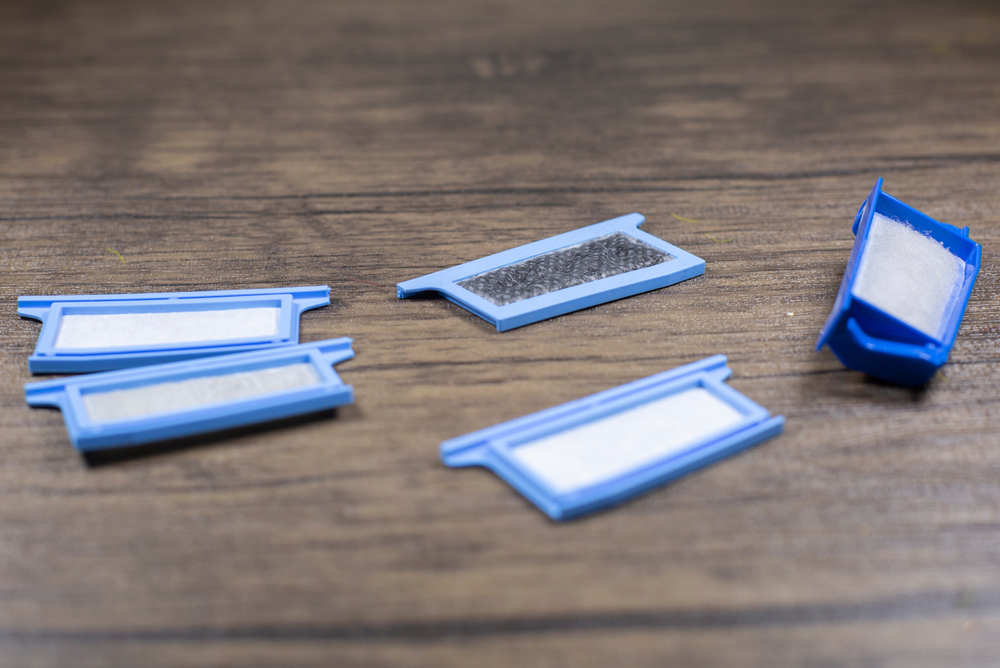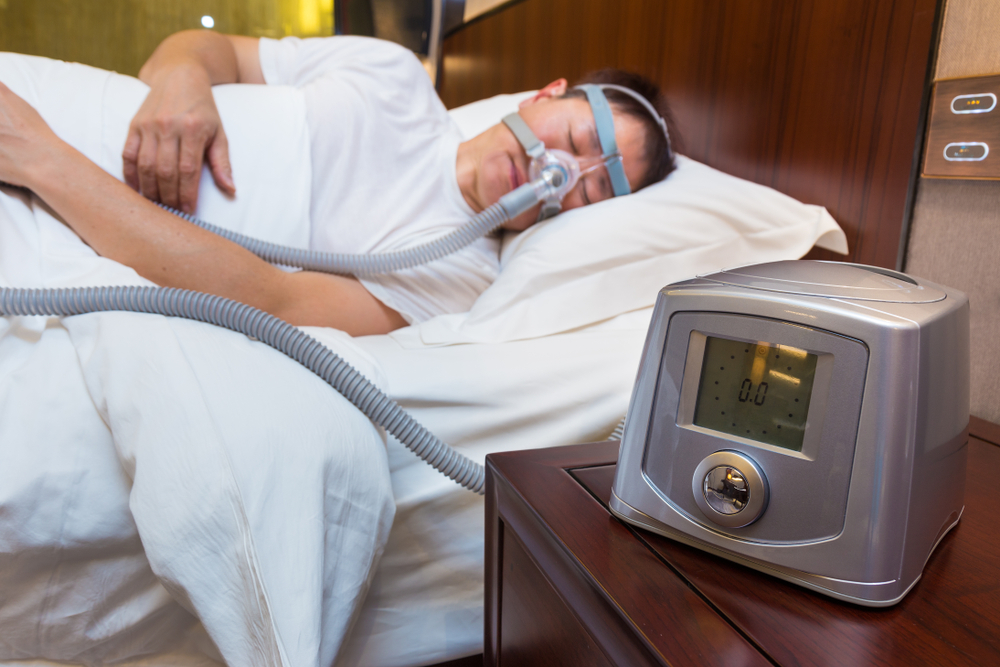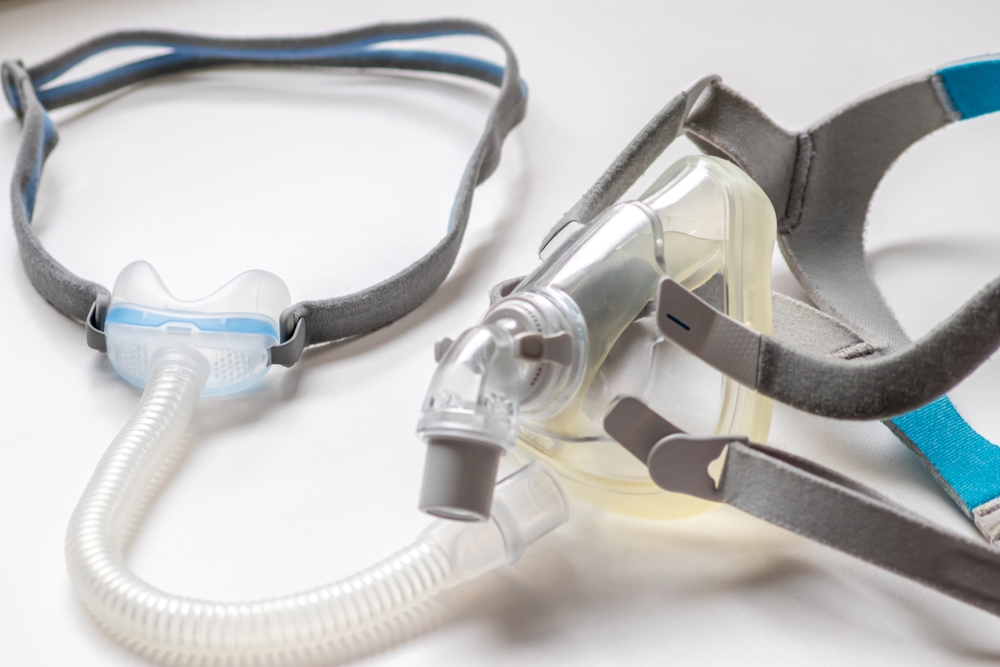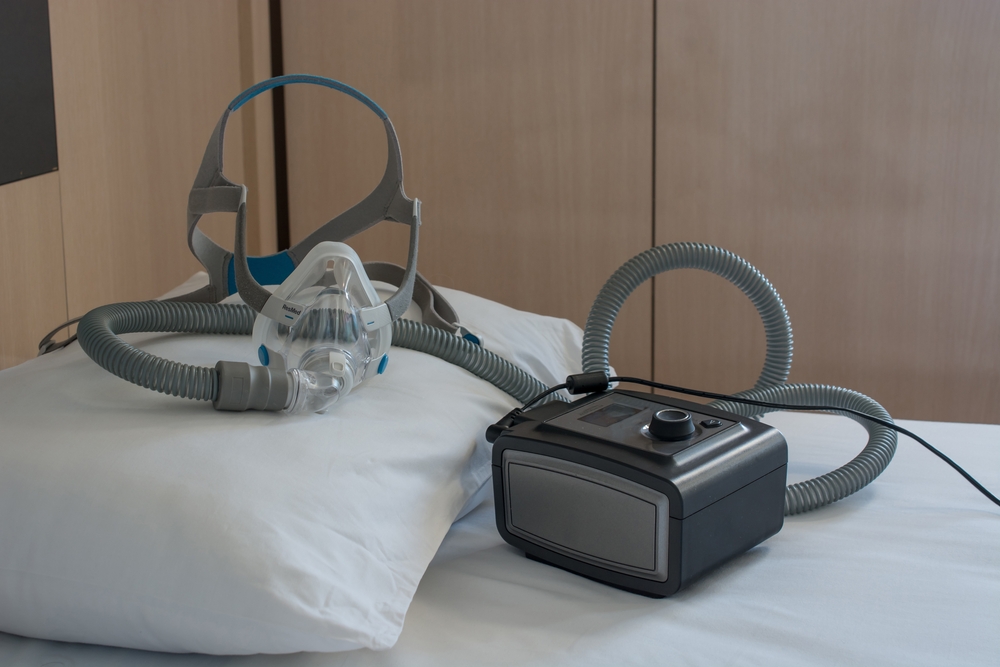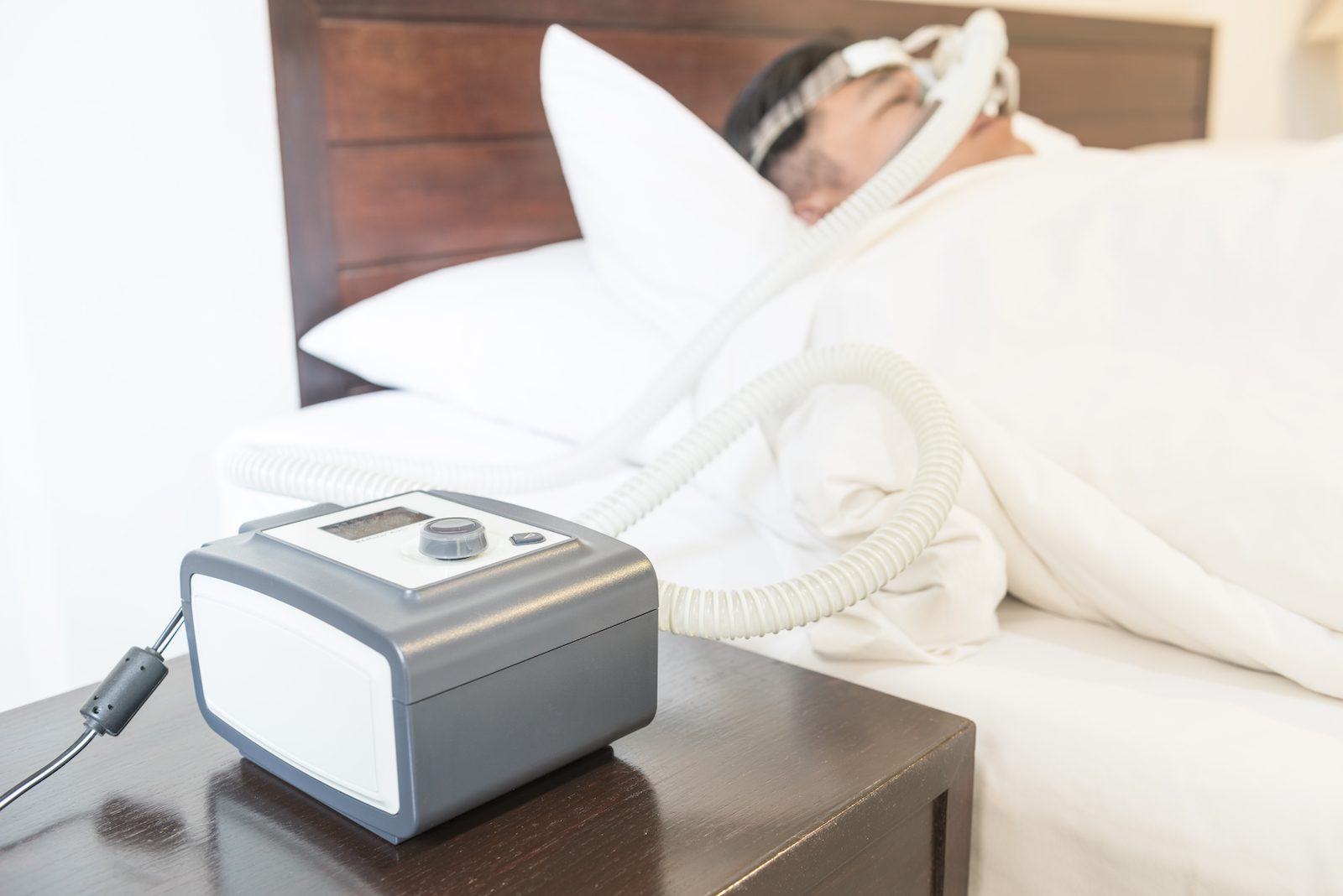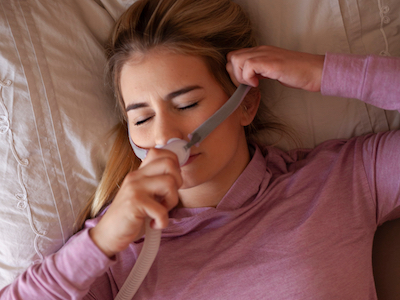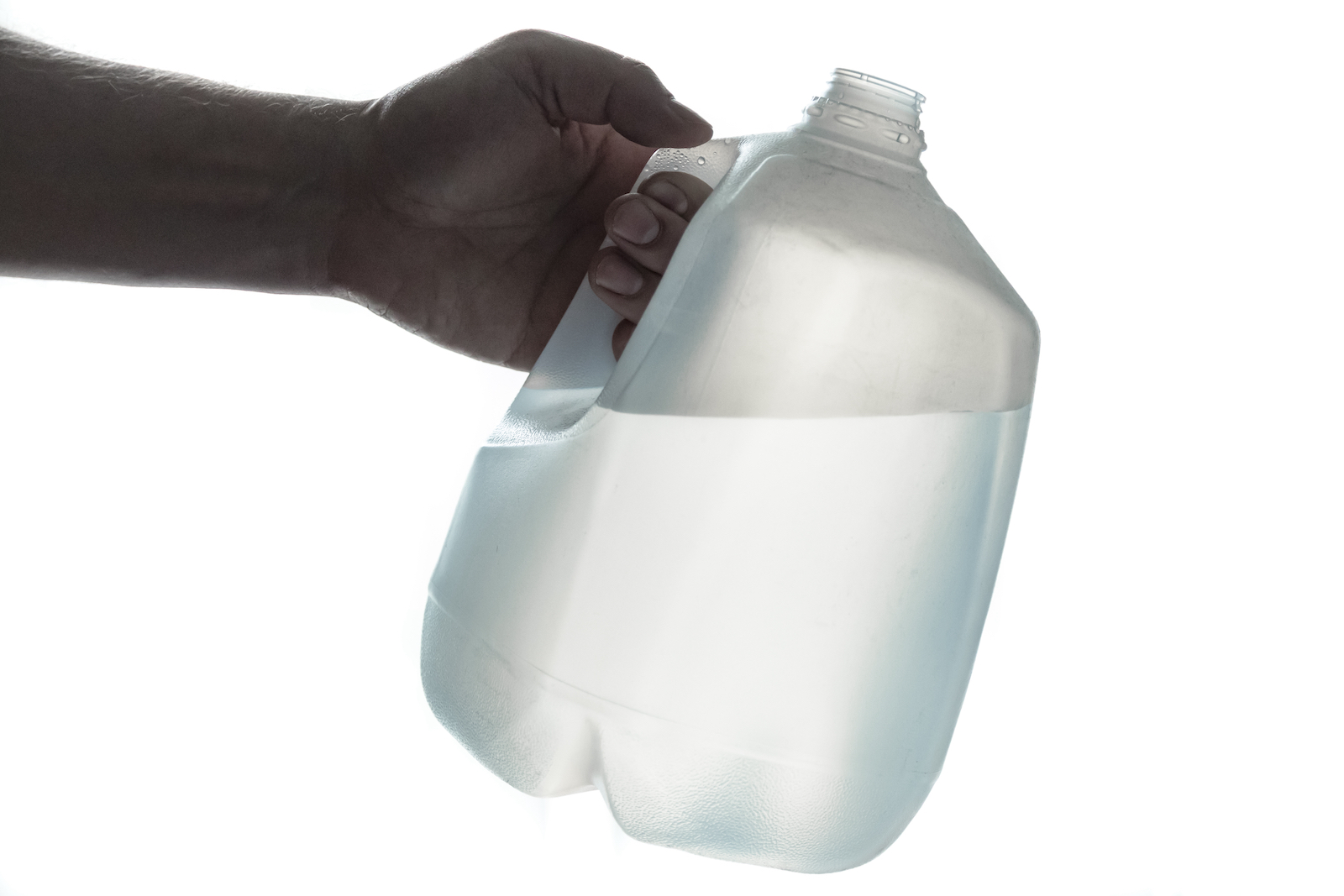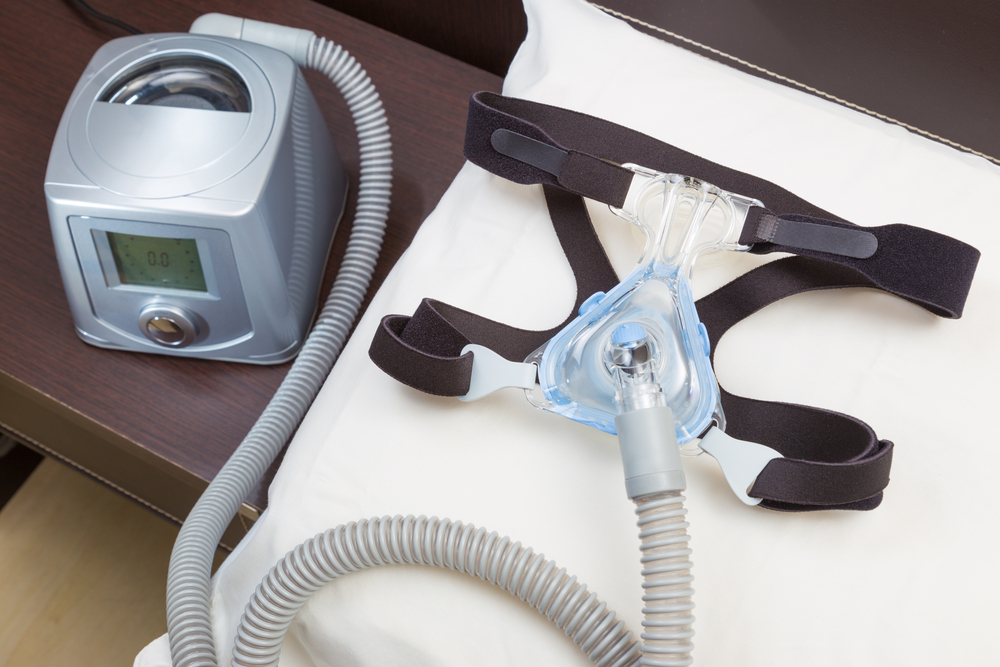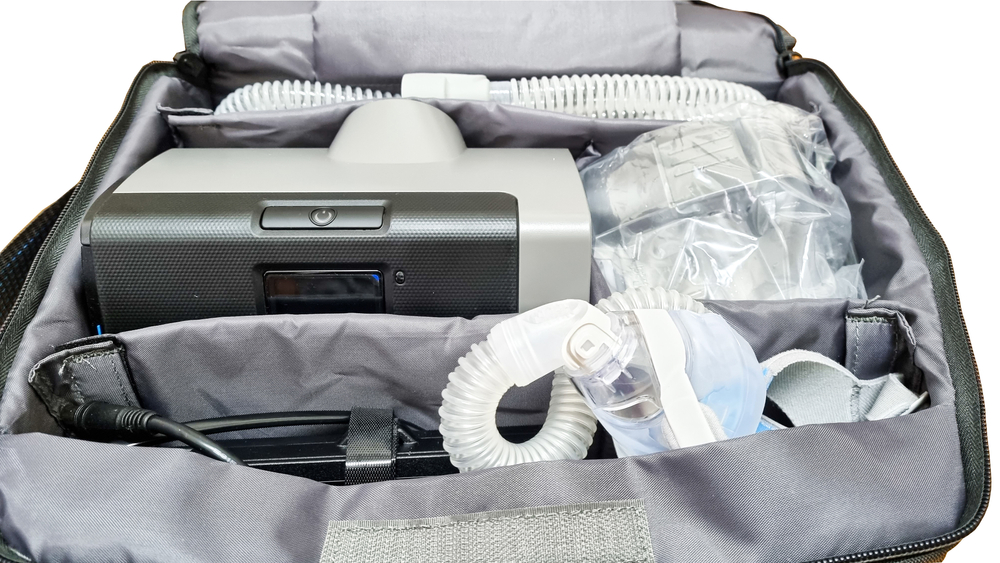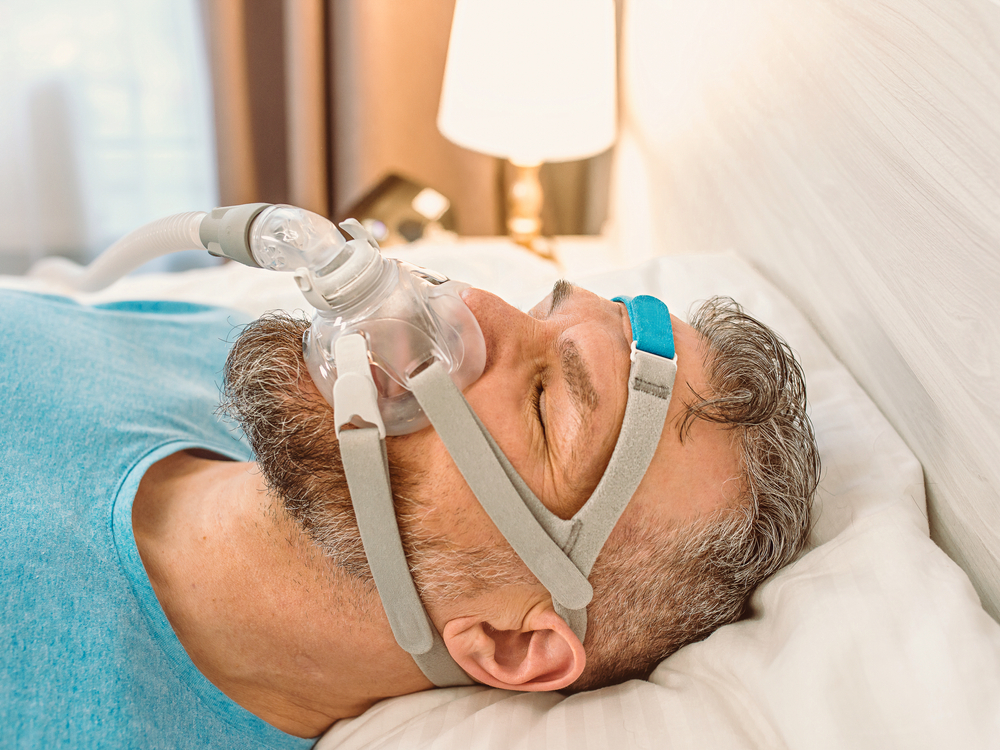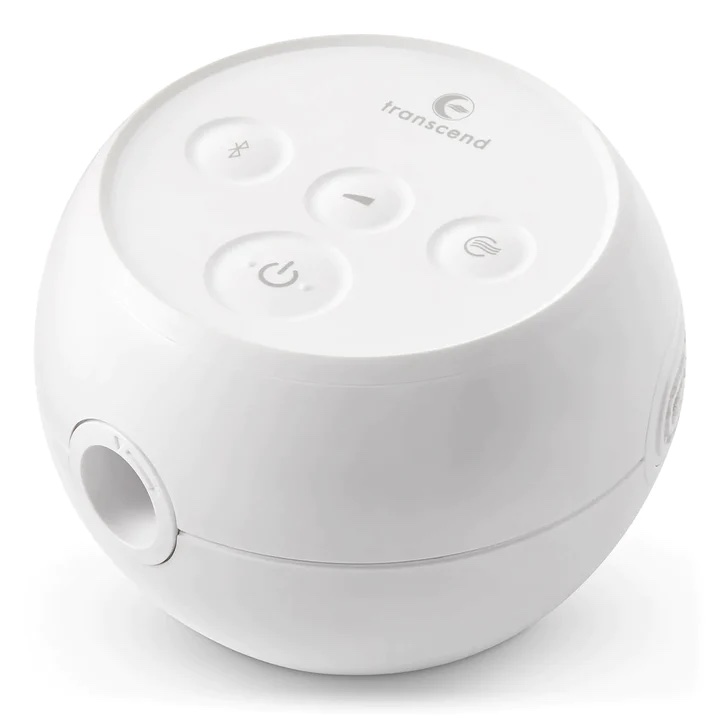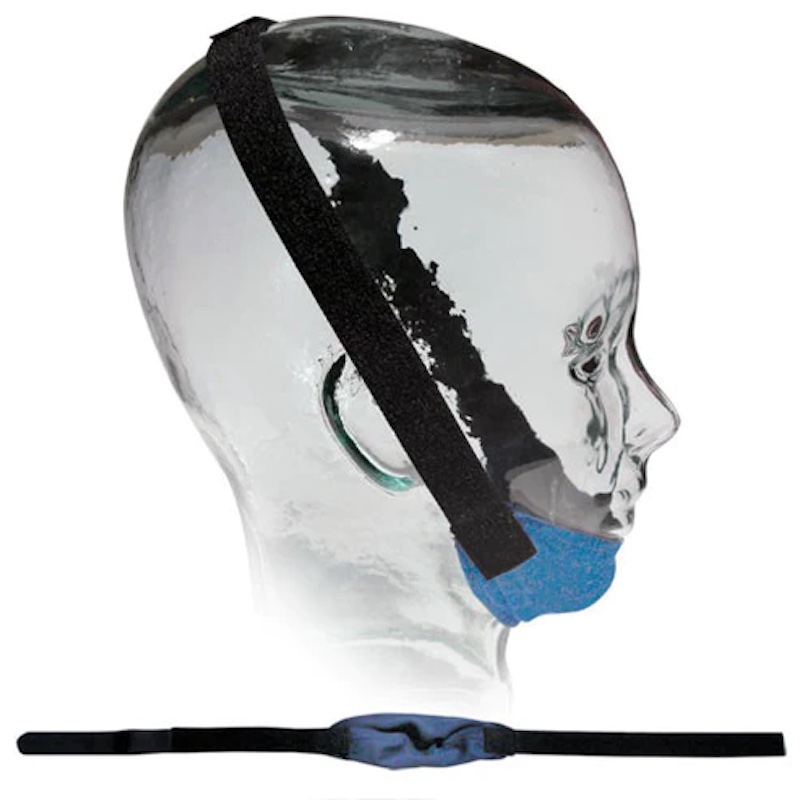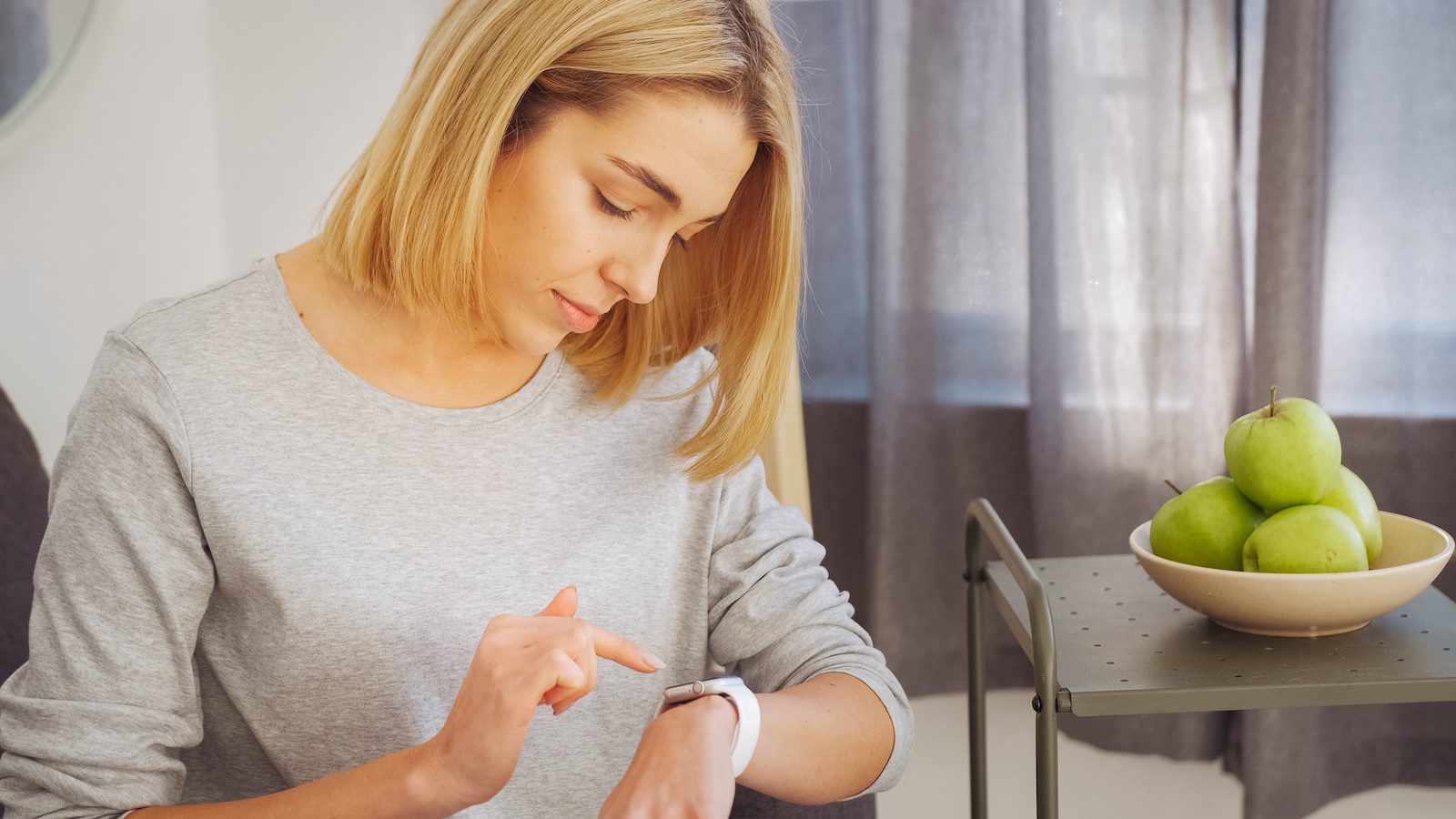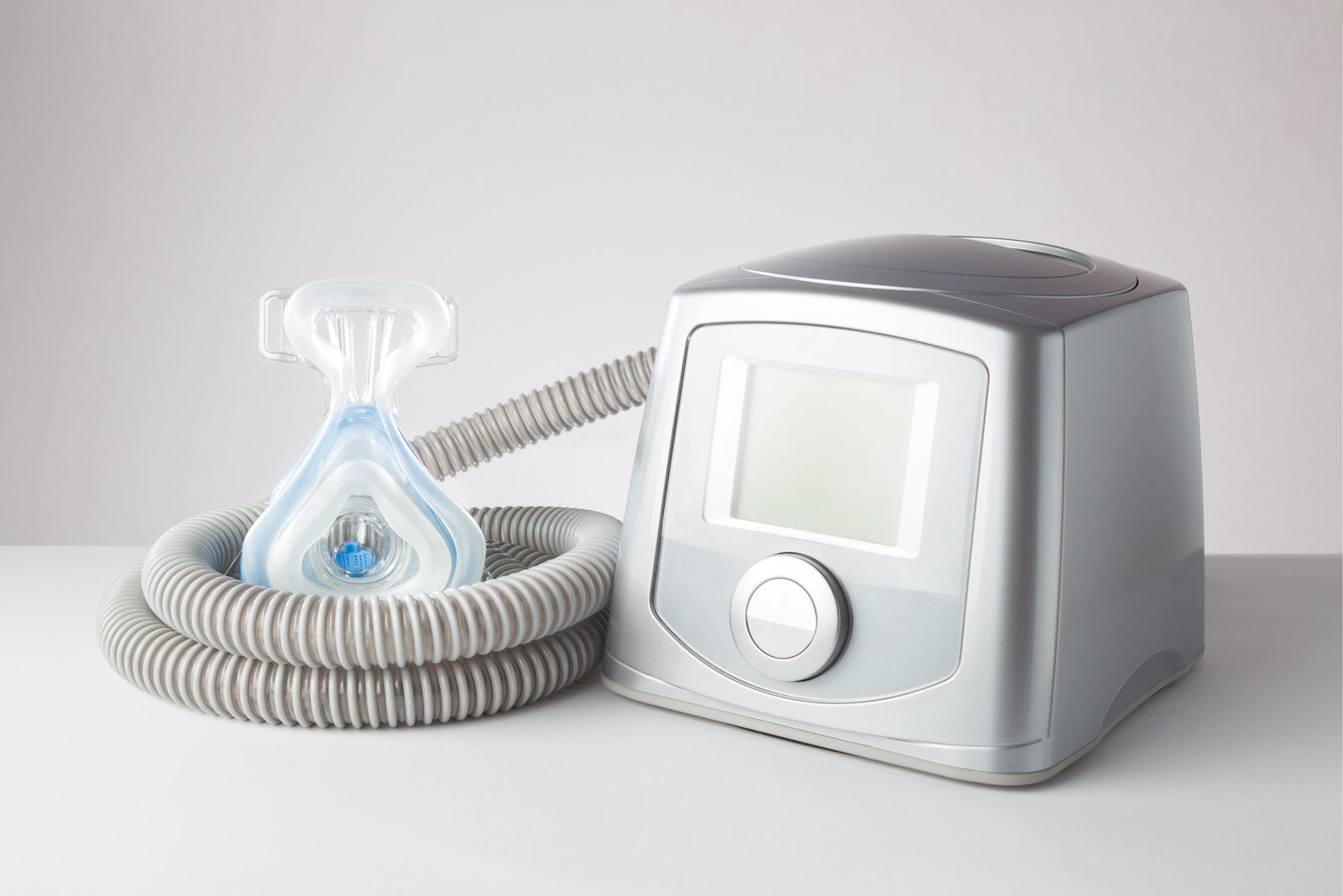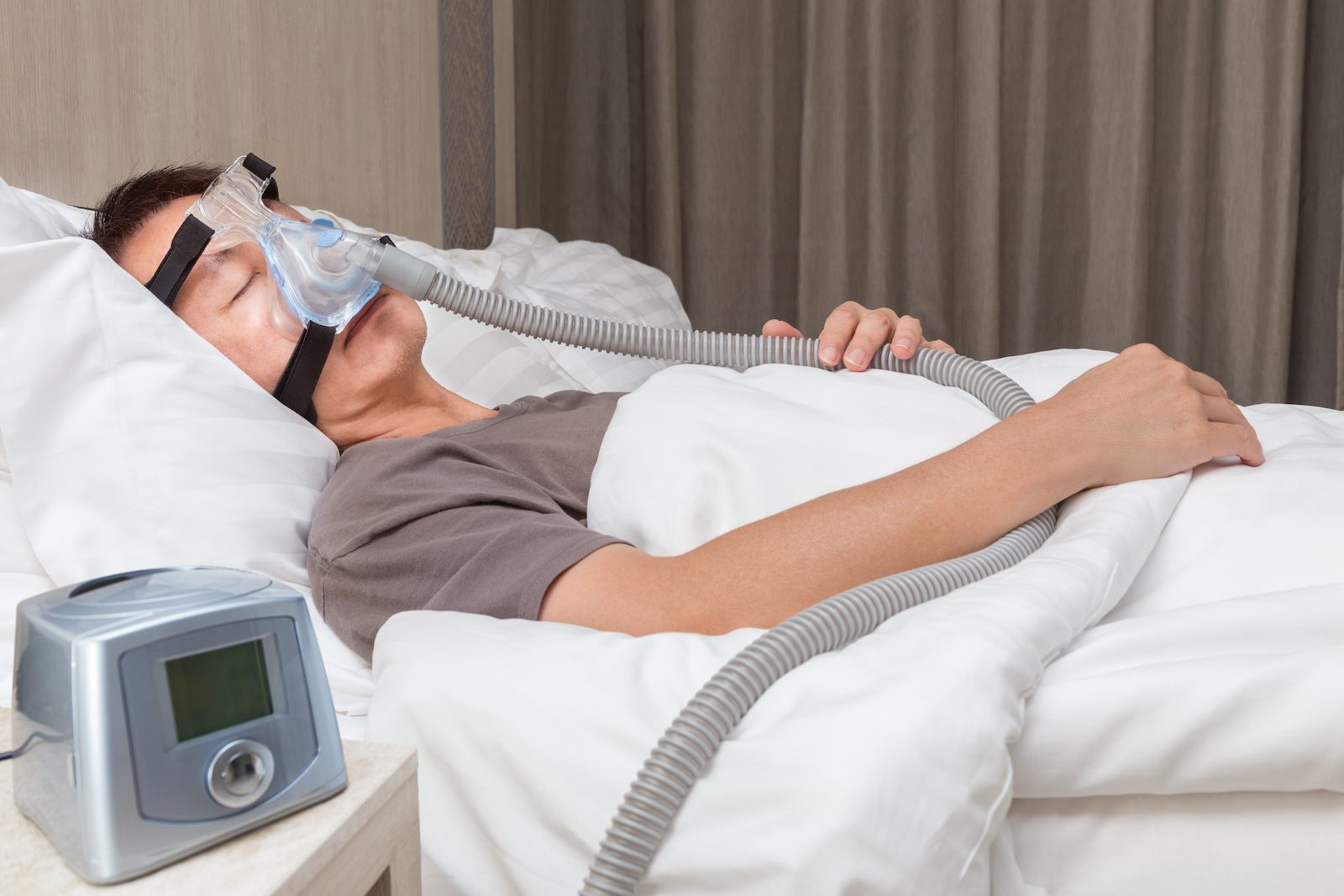CPAP filters are the components of a CPAP device that prevent a person from inhaling harmful particles that may be present in their sleep environment. There are three types of CPAP filters, each designed to target different particles.
Knowing about CPAP filters can help you protect your health and maintain your CPAP machine. We cover the different types of CPAP filters, their replacement schedules, and strategies for selecting the right models.
What Is the Role of CPAP Filters?
Filters play an important role in protecting a continuous positive airway pressure (CPAP) user’s health. These filters allow a person to inhale clean air through the machine, which defends against lung irritation and limits exposure to allergens.
CPAP machines draw air from the sleep environment. This air may contain:
- Pet hair and dander
- Pollen
- Dust and dirt
- Smoke
- Mold
The filters in a CPAP machine are designed to remove these unwanted particles from the air before pumping it into the CPAP mask. Some CPAP filters are even designed to protect users from inhaling bacteria and viruses such as the flu and the common cold.
Types of CPAP Filters
CPAP machines may contain both a reusable and a disposable filter, although many machine models require just one type. These filters are often located at the back or on the side of a CPAP machine and may be layered so that air first passes through the reusable filter and then the disposable filter.
A third, optional type of filter is an in-line bacteria filter, sometimes called a bacterial viral filter. In-line bacteria filters tend to connect to one end of the CPAP machine’s tubing. Each of these filter types serves a specific purpose and must be cared for in a particular way.
Reusable (Non-Disposable) Filters
Reusable filters, also sometimes called non-disposable filters, are designed to be used many times before disposal and replacement. These small, rectangular filters are made of foam. They trap large particles, such as pollen and dust, as air passes through them.
There are several recommendations regarding the care and cleaning of reusable filters, which should take place once a week.
- Unplug the machine: Before removing the reusable filter from your CPAP device, unplug the machine to avoid the danger of electrical shock.
- Clean with warm water and mild soap: After removing the filter, immerse it in warm water. If you wish, you can add a mild soap—one that is unscented, non-toxic, and residue-free—to the water. Just make sure to rinse out any soap and shake off any visible debris before drying the filter.
- Dry completely: Gently squeeze the filter to remove water, then pat with a paper towel. Let the filter air dry out of direct sunlight. To discourage mold growth, make sure it is completely dry before inserting it back into the CPAP machine.
Regularly cleaning your reusable filter can help it last longer and work as intended. Some reusable filters may have additional or different care instructions, so make sure to review the manufacturer's directions before cleaning your reusable filter.
Disposable Filters
Disposable or fine filters are designed to capture small particles, such as tobacco smoke. They are usually made with fine mesh paper. As their name suggests, disposable filters must be replaced regularly. They cannot be washed, and over a series of uses, they become discolored. When this happens, it’s time to change the filter.
Care for disposable filters is straightforward: Change the filter every 30 days or as soon as the paper has become discolored. As with reusable filters, make sure to unplug your CPAP machine before changing the filter.
In-Line Bacteria Filters
In-line bacteria filters are an optional addition for many CPAP machines. These filters trap very small particles that might not be blocked by other filter types, including bacteria and viruses.
Some manufacturers recommend that these filters be used on shared or rented CPAP devices. People who use CPAP devices with humidifiers may also benefit from these filters, as bacteria can grow in humidifier chambers.
Made of fine paper, in-line bacteria filters are typically encased in a hard plastic ball with connection points on both sides. Depending on the machine model and filter design, an in-line bacteria filter may be placed in one of several locations:
- Between the CPAP machine and the hose
- Between the CPAP humidifier and the hose
- Between the CPAP hose and the mask
While most CPAP machines are compatible with in-line bacteria filters, use of these filters may result in a lower air pressure than your healthcare provider has prescribed. Some machines have a setting called “AB Filter” to make up for the decrease in pressure and ensure you receive the appropriate treatment.
When using a bacteria filter on your CPAP machine, keep the following care instructions in mind.
- Avoid moisture: In-line bacteria filters do not work correctly when wet. If you use a CPAP machine humidifier, be sure to regularly check the in-line bacteria filter for moisture. If the filter paper is wet, remove the filter from its plastic case and allow it to air dry before using the machine again.
- Check for discoloration: If your in-line bacteria filter becomes discolored or fills with debris, it should be replaced. Check the filter weekly for discoloration.
- Do not wash the filter: A bacterial filter cannot be sanitized or washed. You can wipe off the outer plastic case with a damp cloth as part of regular machine maintenance.
How Often Should You Replace CPAP Filters?
Properly caring for CPAP filters and replacing them on schedule can help you avoid inhaling irritants or harmful bacteria. Some machines will indicate on their displays when it is time to replace a filter. However, these are usually scheduled reminders and not real-time assessments of filter performance.
- Reusable filters: These foam filters should be cleaned weekly and replaced every 90 days to six months. If the foam cannot be cleaned or shows signs of wear, a filter should be replaced sooner.
- Disposable filters: These paper filters should be replaced every month. Discolored or worn-out filters must be replaced sooner.
- In-line bacterial filters: These plastic-encased filters must be discarded and replaced monthly. If the filter shows wear or its color changes it should be replaced ahead of schedule.
The right time to replace a CPAP machine filter depends on the filter brand and filter condition. Several factors can affect the condition of a filter.
- Pets: Pet hair and dander get trapped by CPAP filters. The more hair and dander a filter has to remove from the air, the sooner it will need to be replaced.
- Smoke: Cigarette smoke can also shorten the lifespan of a CPAP filter.
- Air Pollution: CPAP filters may wear out more quickly in environments with high amounts of air pollution—for example, in locations near construction zones, interstates, and factories.
- A CPAP humidifier: Humidifiers designed to prevent nasal dryness can contribute to moisture in CPAP filters, which means they must be completely dried before each use and may degrade more quickly than usual.
If your sleep environment contains any of these potential irritants, or if your CPAP machine has a humidifier, make sure to check the filters on your CPAP machine each week for dirt, damage, and discoloration.
Also be sure to consult the manufacturer’s guidelines for both your CPAP machine and your filters to confirm the appropriate replacement schedule for the products you use.
How to Replace a CPAP Filter
The steps for replacing a CPAP filter vary among filter types and CPAP machine models. In all cases, you should unplug the CPAP machine before changing any filters.
Generally, you can remove a reusable or disposable filter from its position at the back of the machine or behind a filter door. Then you can install a new filter. If your machine uses both filter types, you may need to snap them together or stack them before insertion.
To replace an in-line bacteria filter, remove the old filter from its position along the CPAP hose. Then, install the new filter by attaching it at the proper connection points.
Make sure to review the manufacturer’s guidelines for replacing your CPAP filters, as machine designs vary.
How to Choose a CPAP Filter
The requirements of your CPAP device, your sleep environment, and your budget may all influence the CPAP filter you choose. You can also talk with your healthcare provider to identify what CPAP device and filters are right for your treatment needs.
Manufacturer Recommendations
To ensure proper therapy, be sure to follow the guidelines that come with your CPAP machine regarding filters. For example, some manufacturers advise against using in-line bacteria filters with their devices because they can decrease the air pressure received by the user.
Device Compatibility
Some CPAP devices require either a reusable filter or a disposable filter, while other models accommodate both. The manufacturer’s guidelines for your device identify which filter styles and brands are compatible with the device. Filter manufacturers may also provide a list of compatible devices.
Sleep Environment
Because the three filter types target different sizes and types of air particles, you may consider your sleep environment in addition to your health needs when deciding which filters to purchase. Reusable filters capture larger particles, disposable filters target smaller irritants, and in-line bacteria filters intercept microscopic germs and allergens.
Cost
Health insurance providers or programs such as Medicare may cover some or all of the cost of replacement CPAP filters. Medicare covers two disposable filter replacements per month and a reusable filter replacement every six months. However, some insurers may not cover both filter types.
Bacteria filters are typically not covered by insurance. These filters cost around $3 to $5 each and must be replaced at least monthly.



